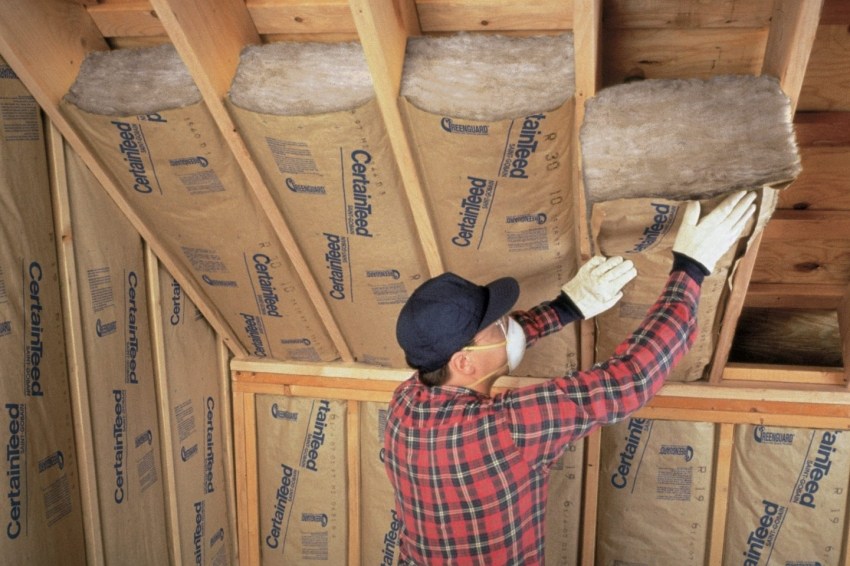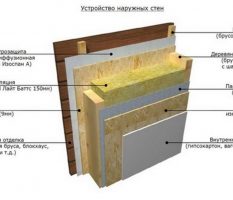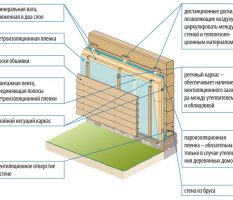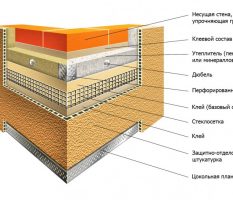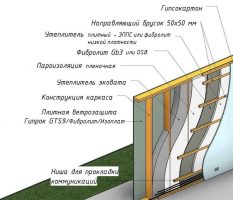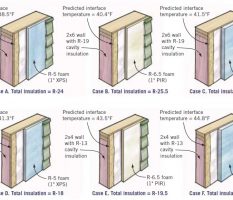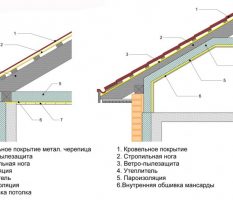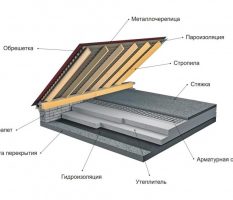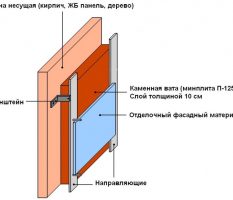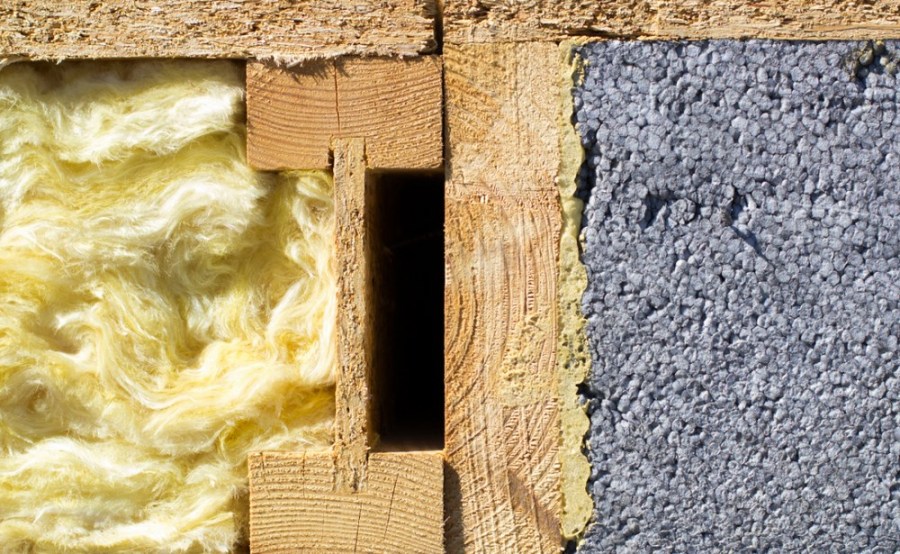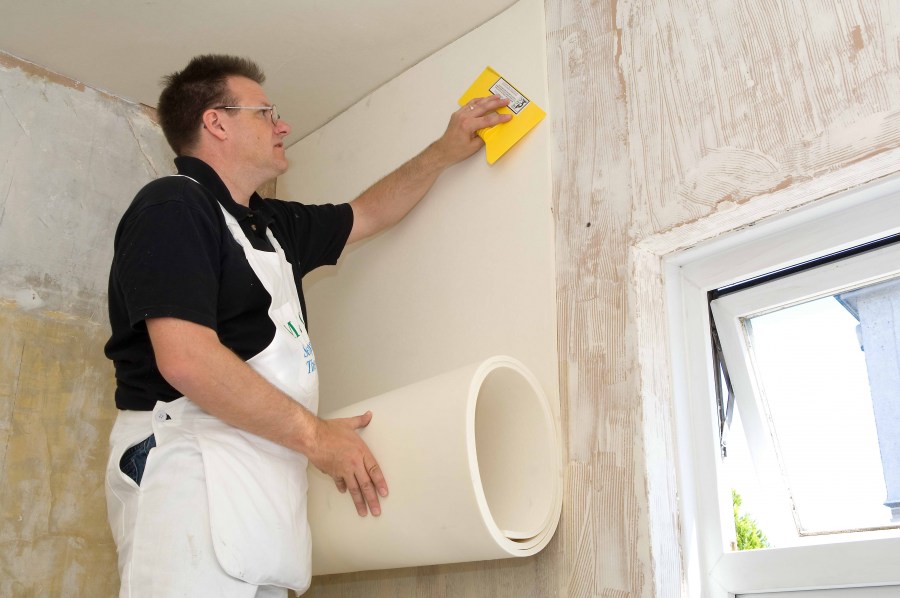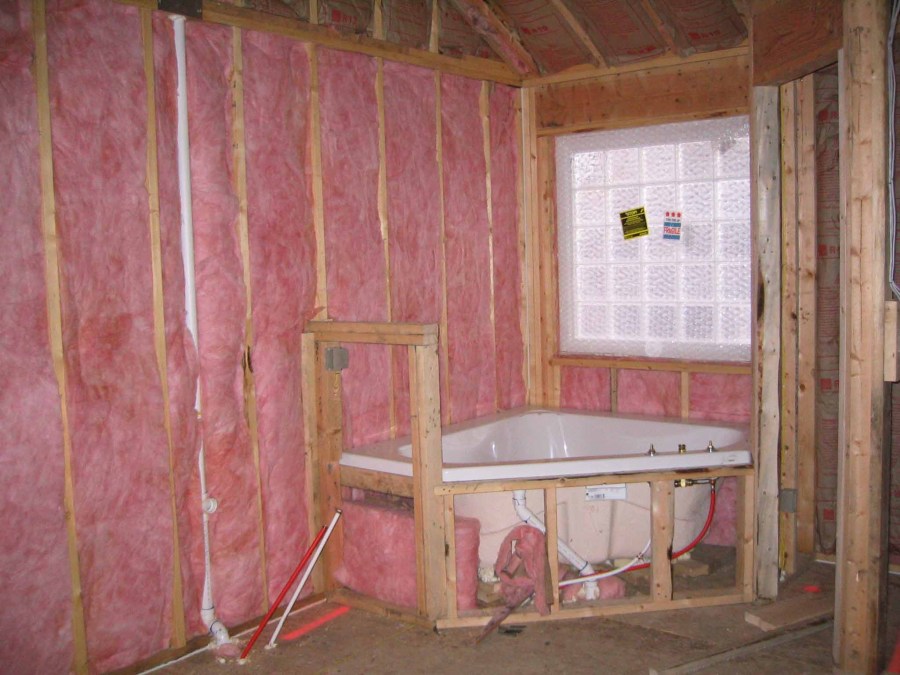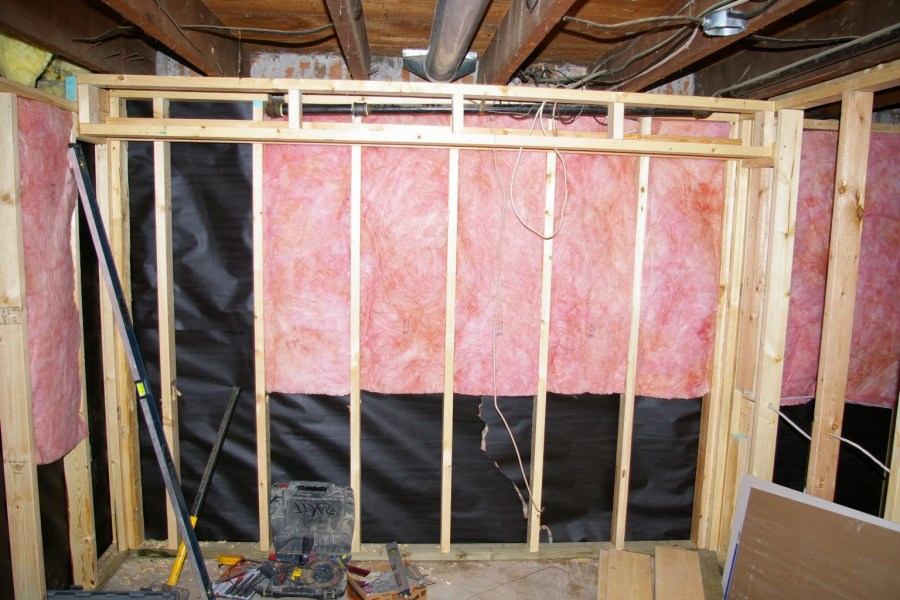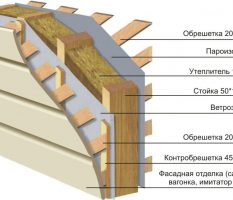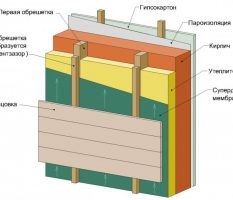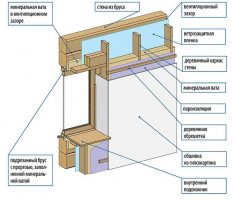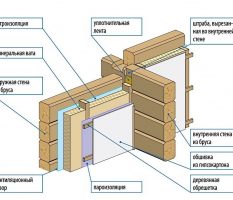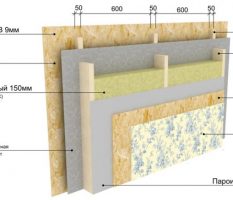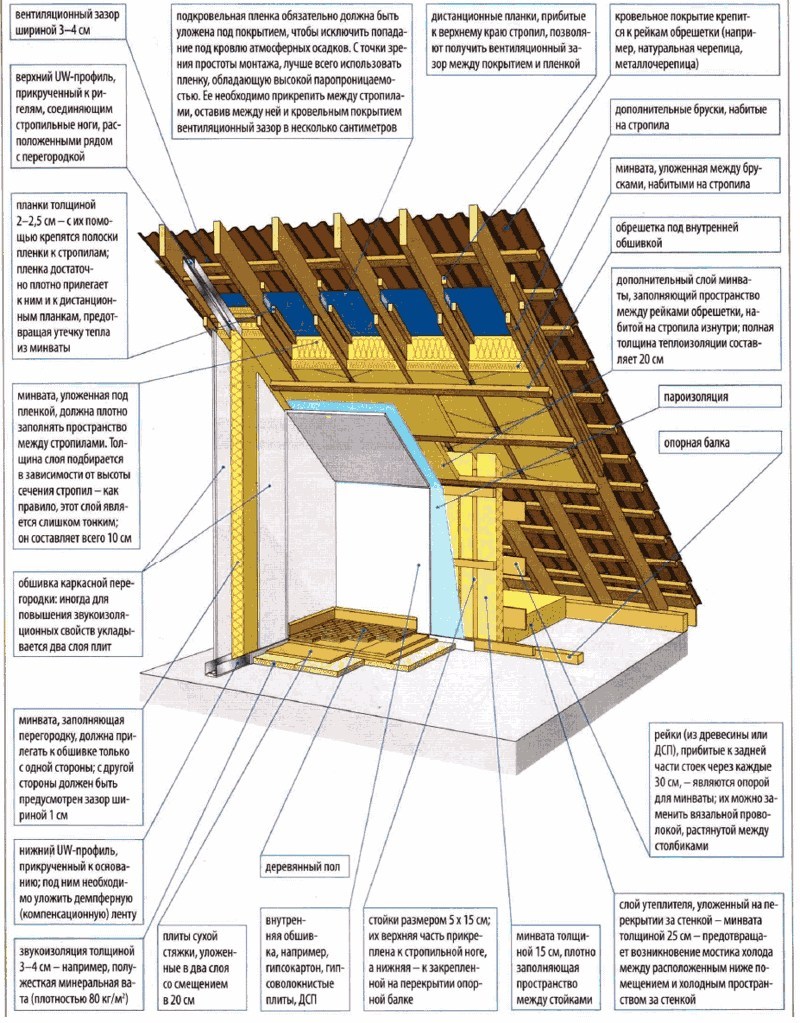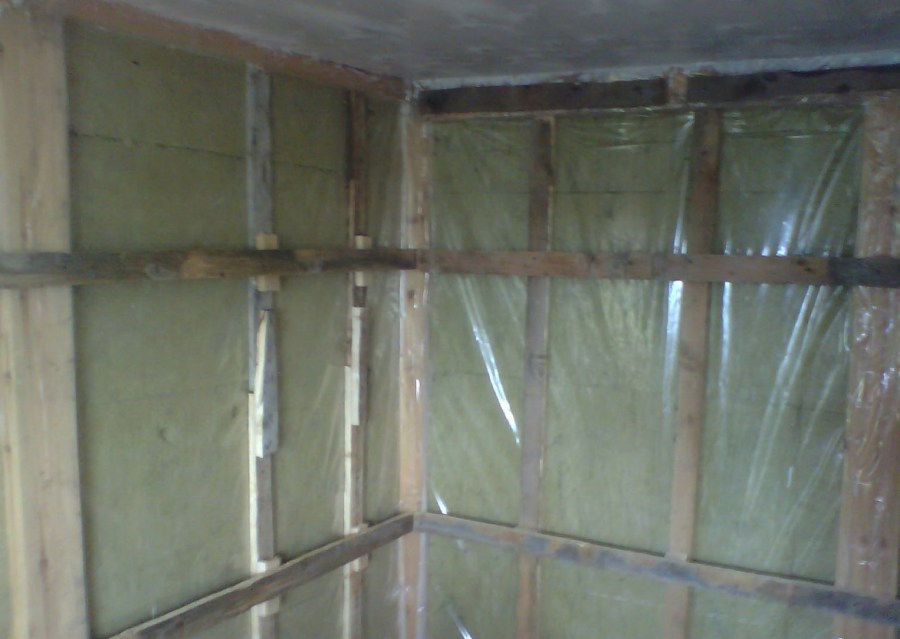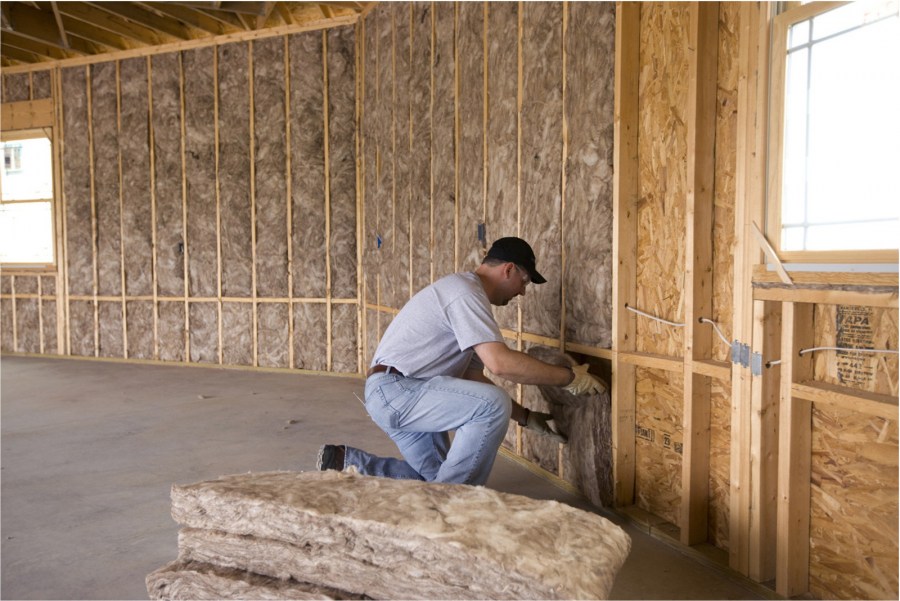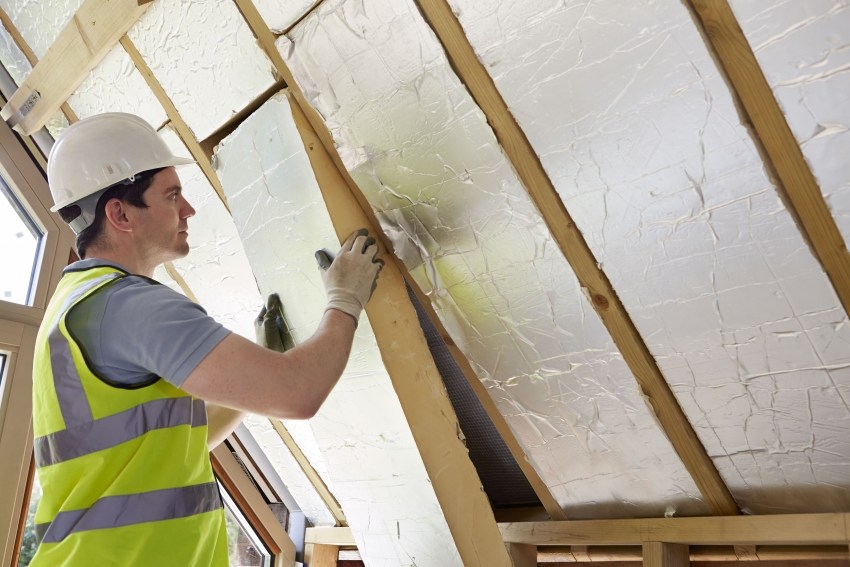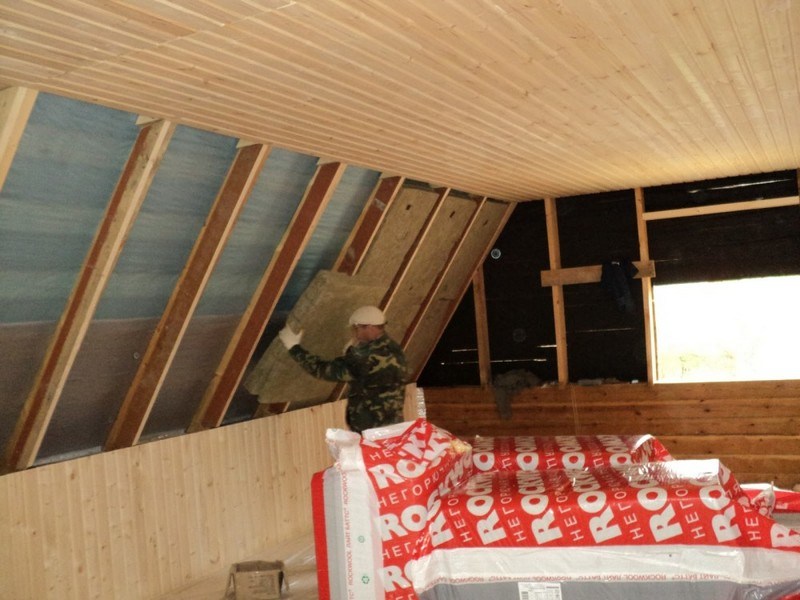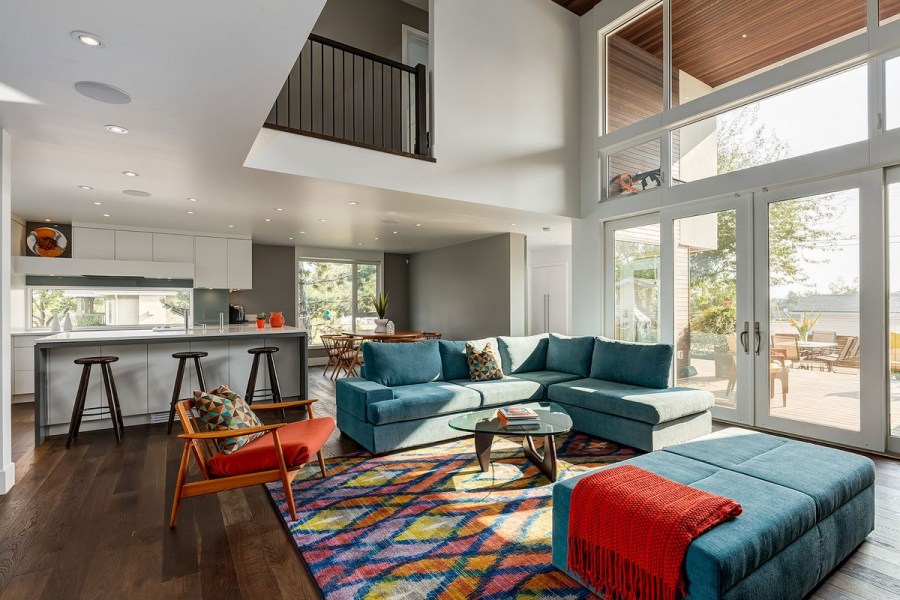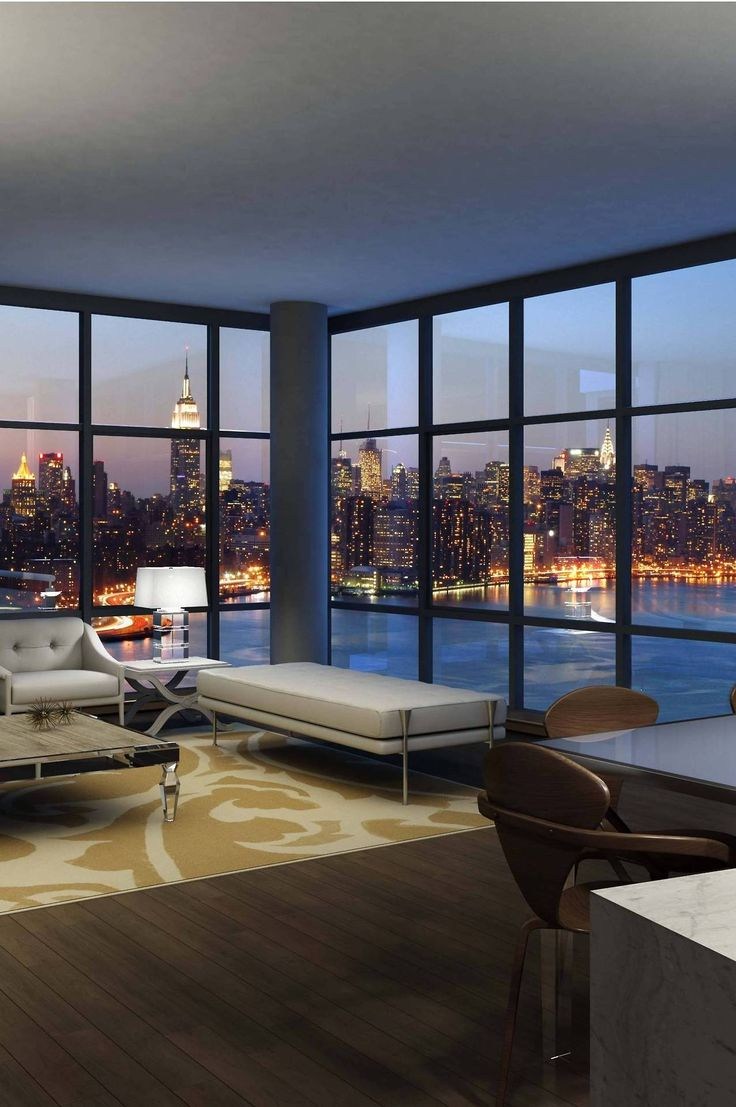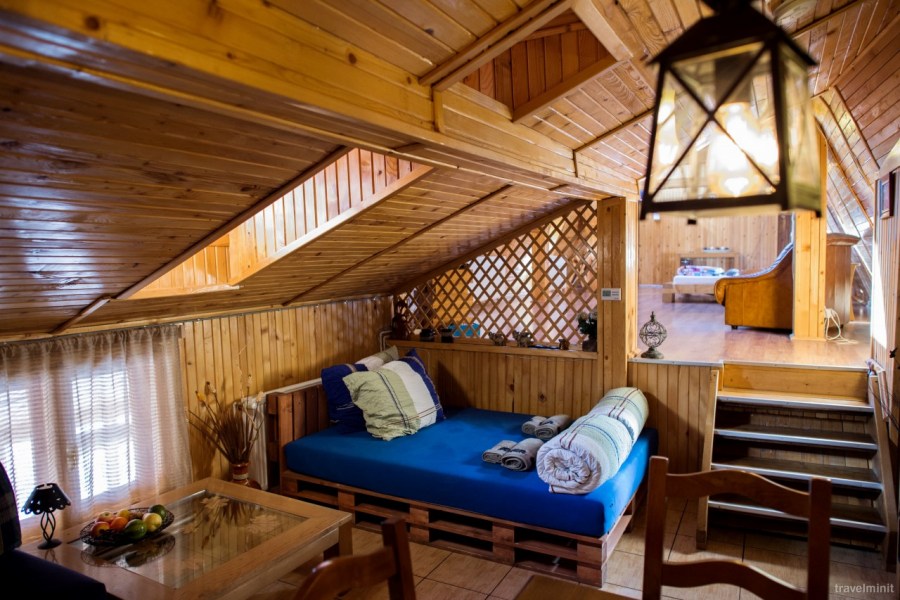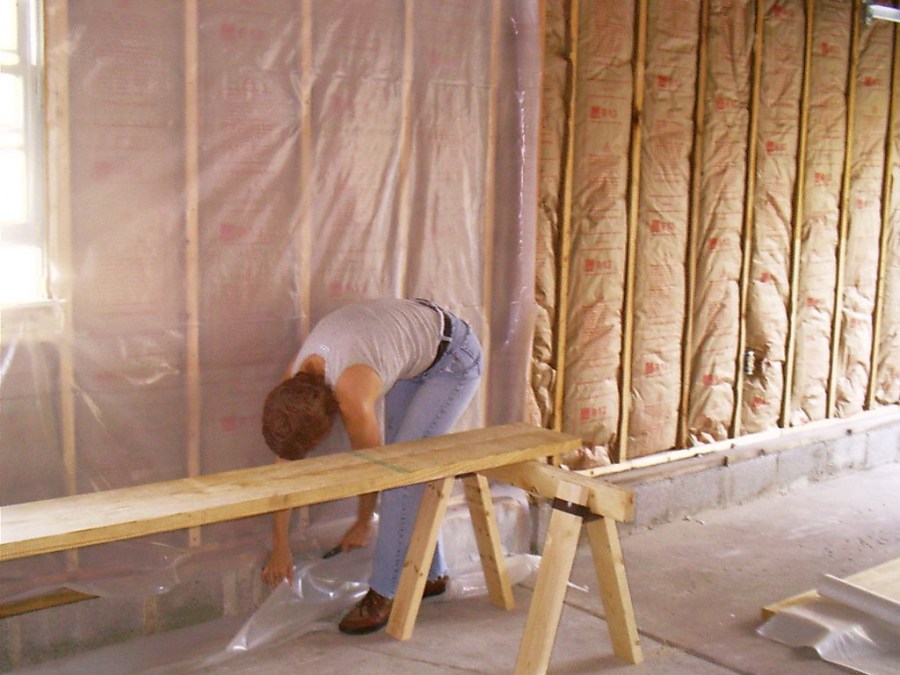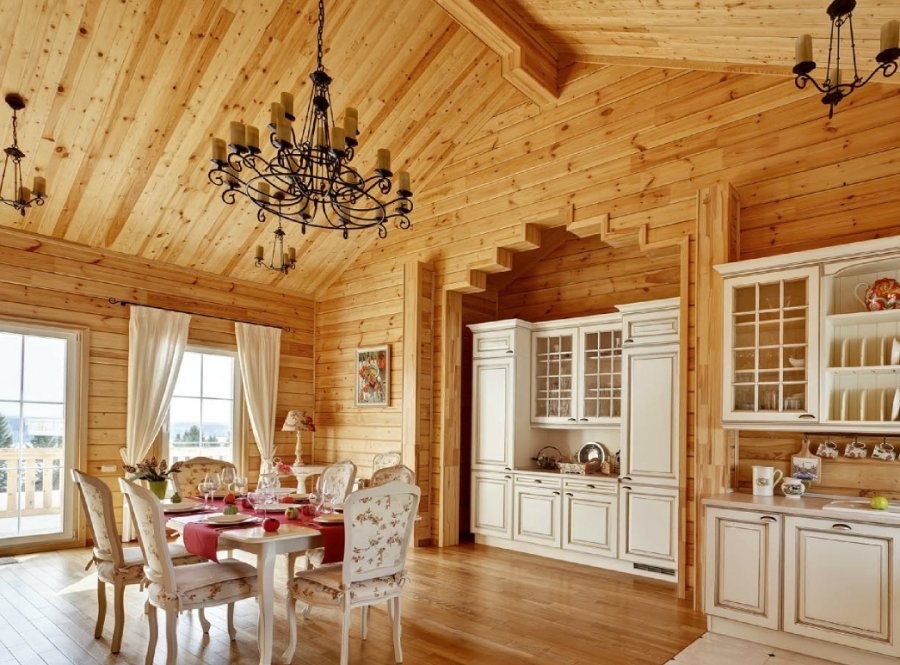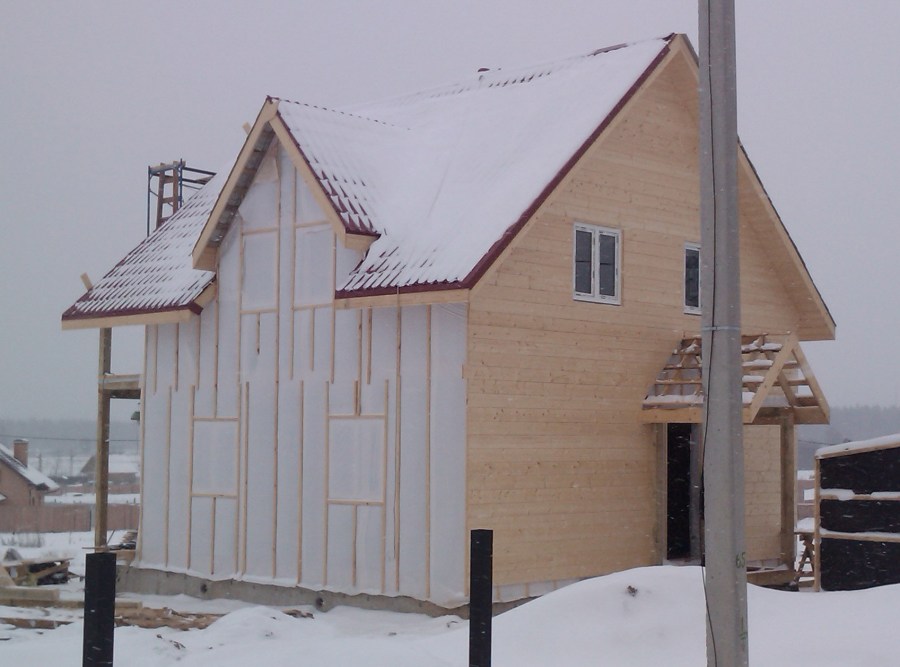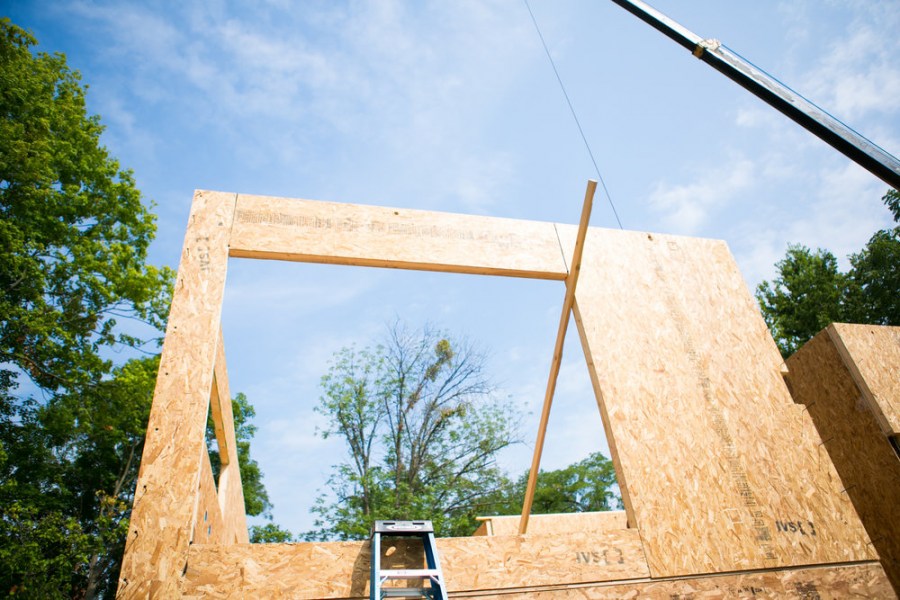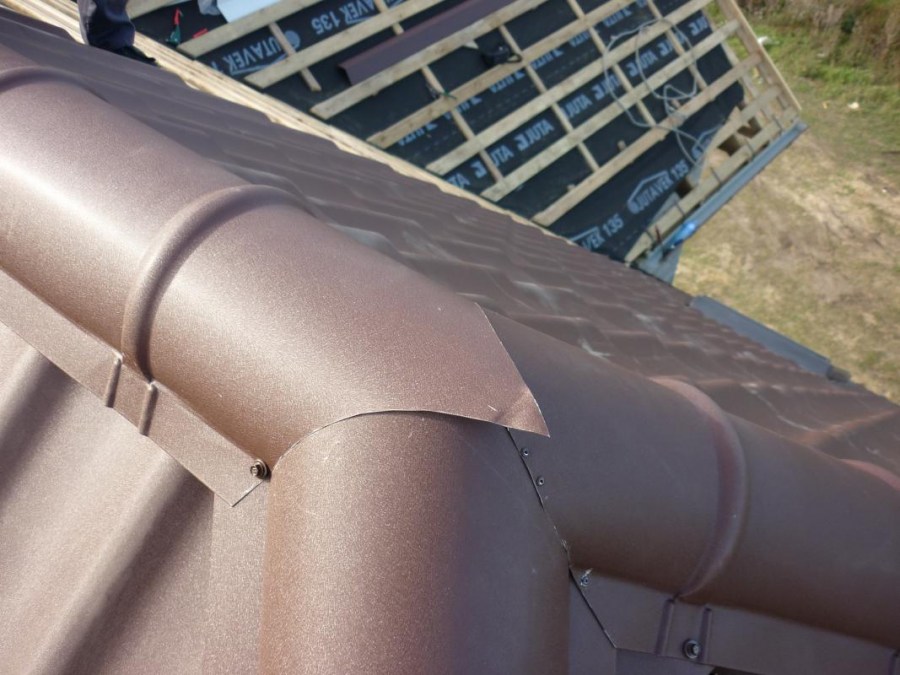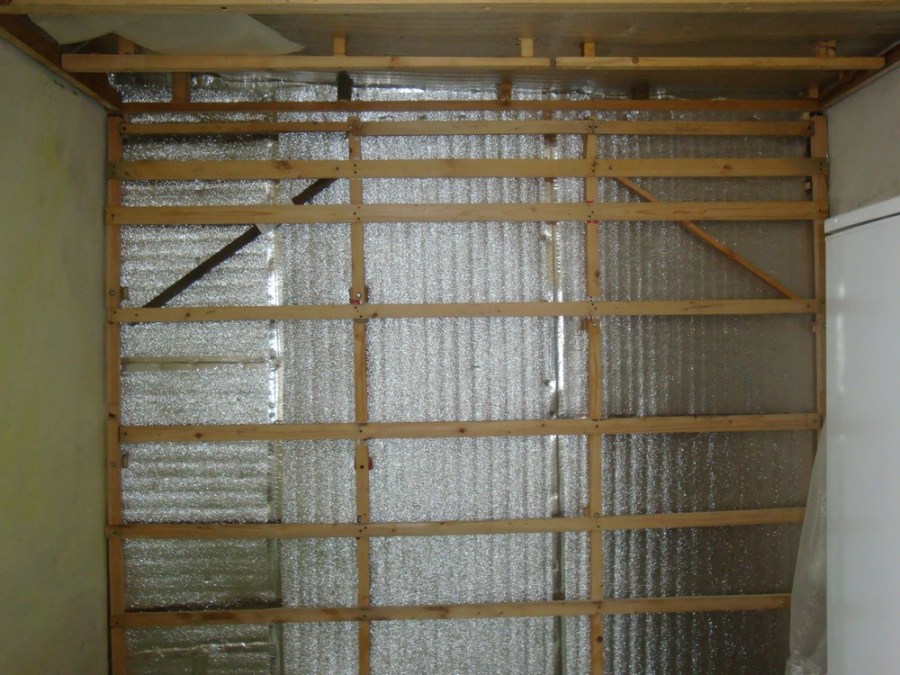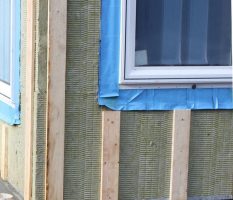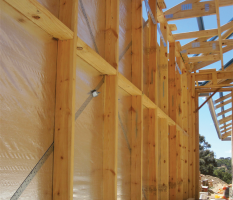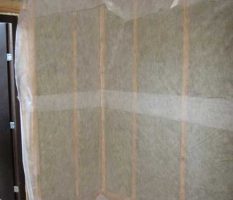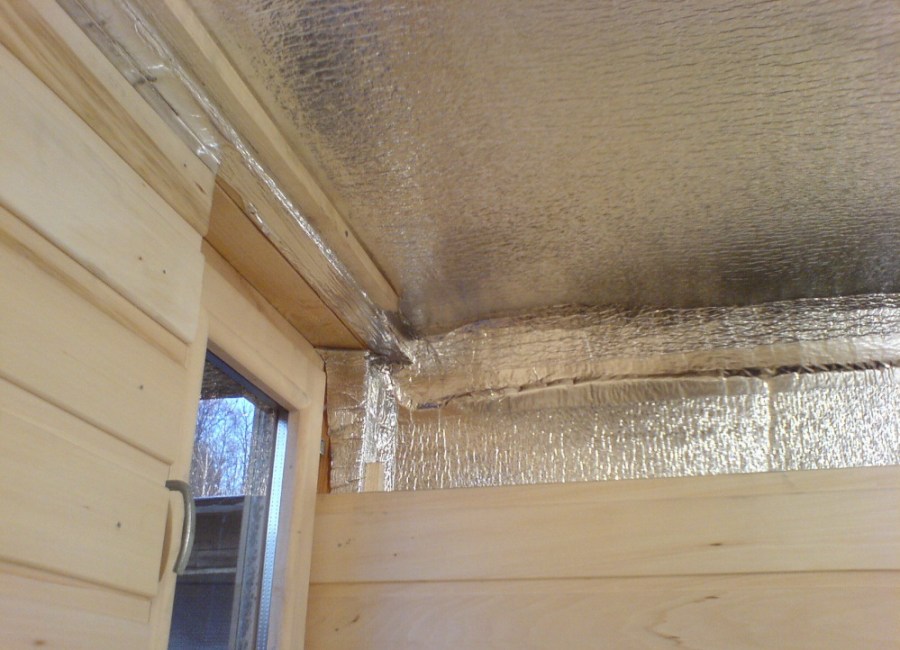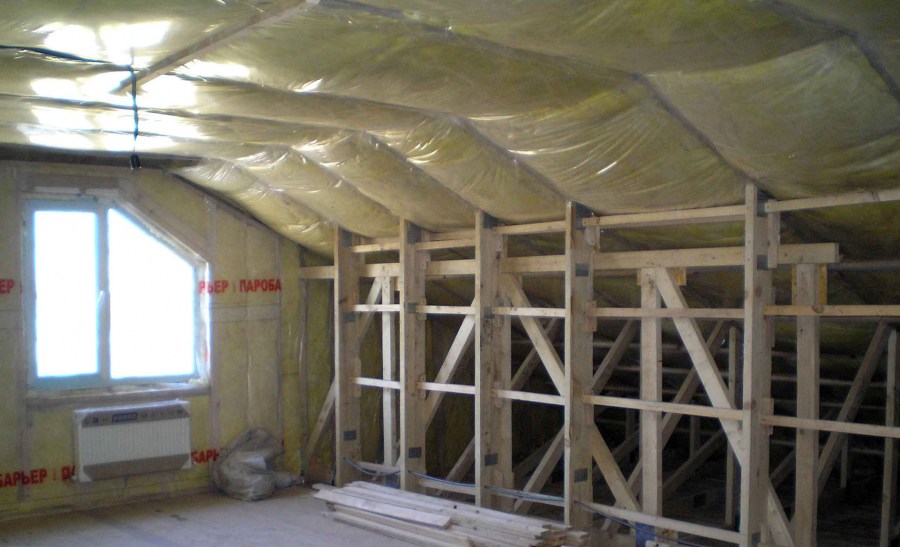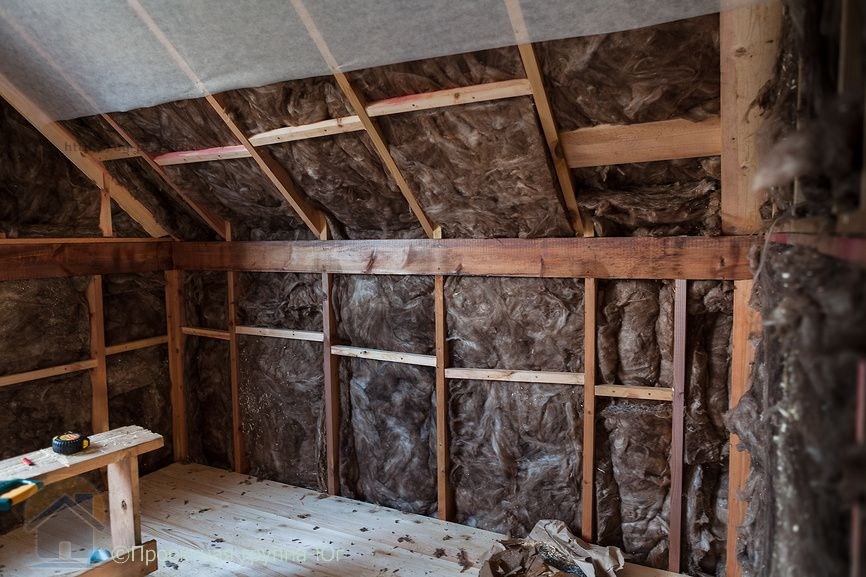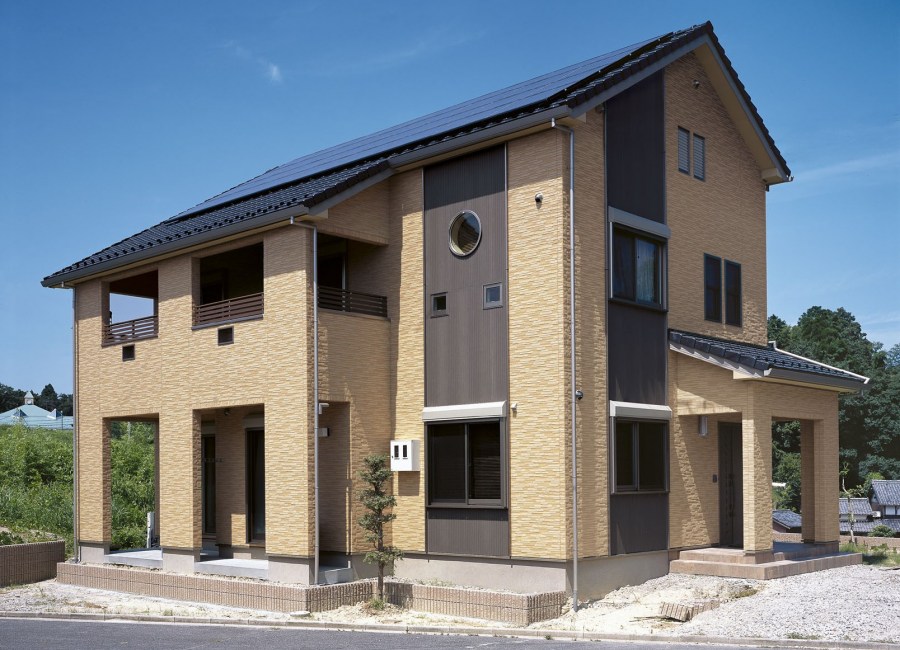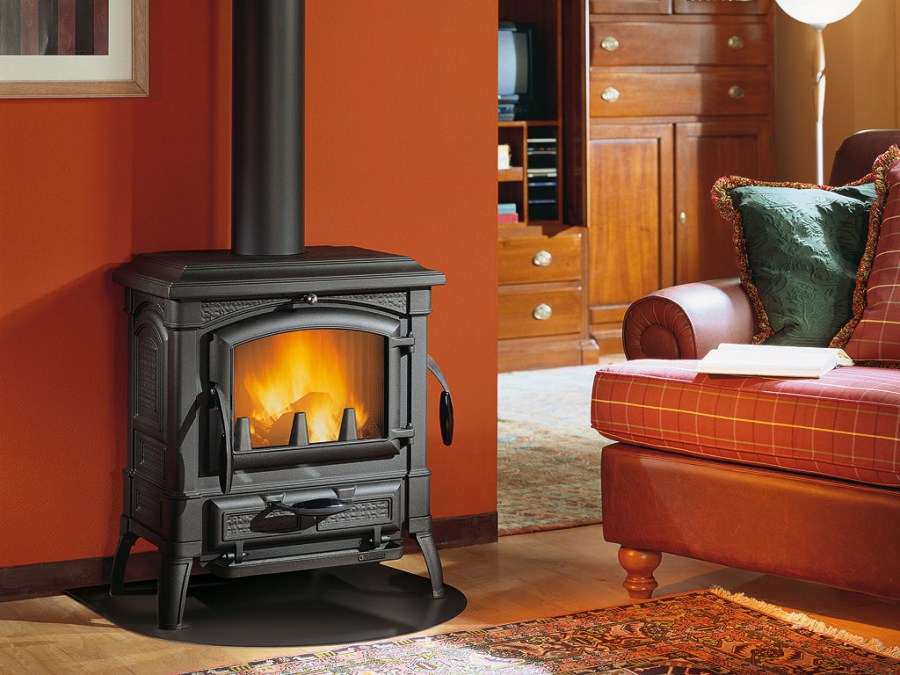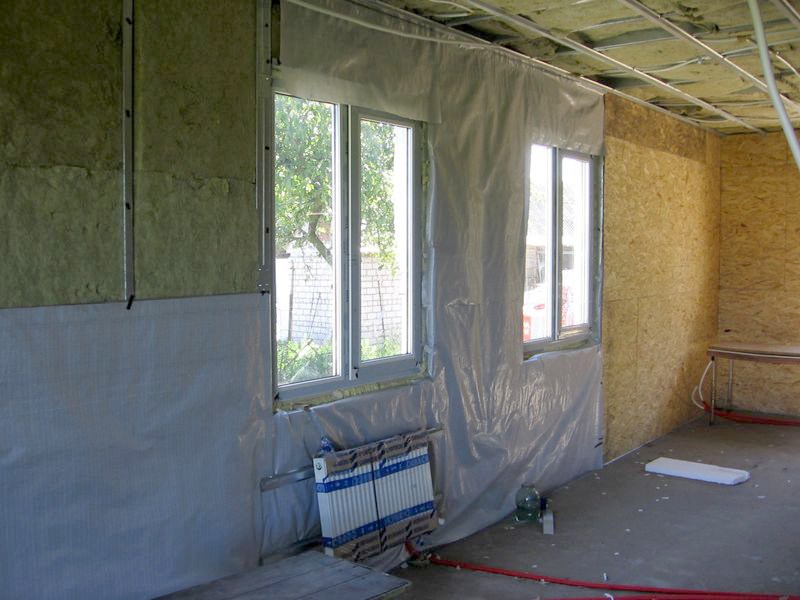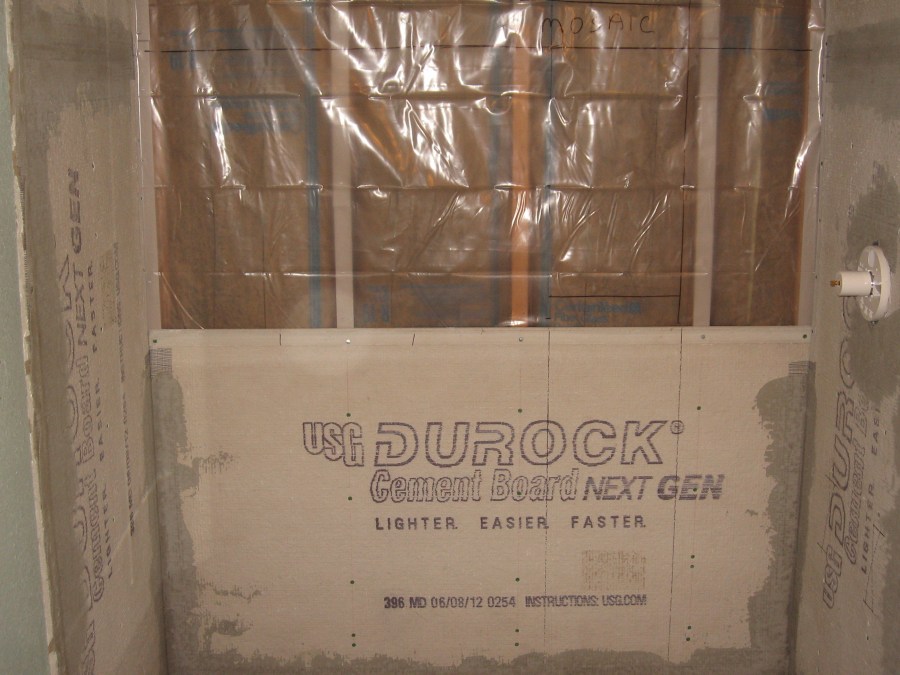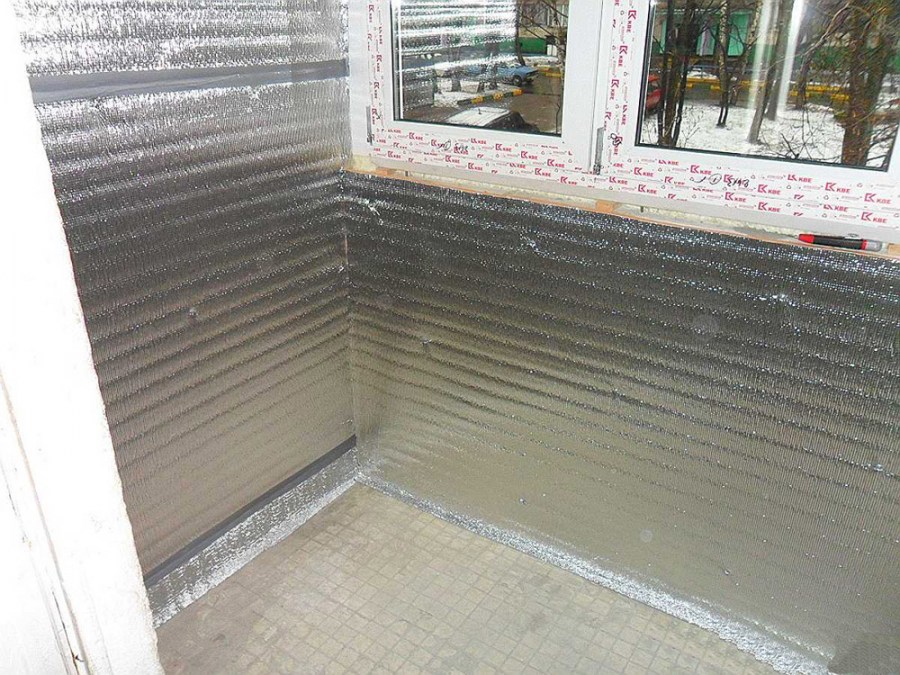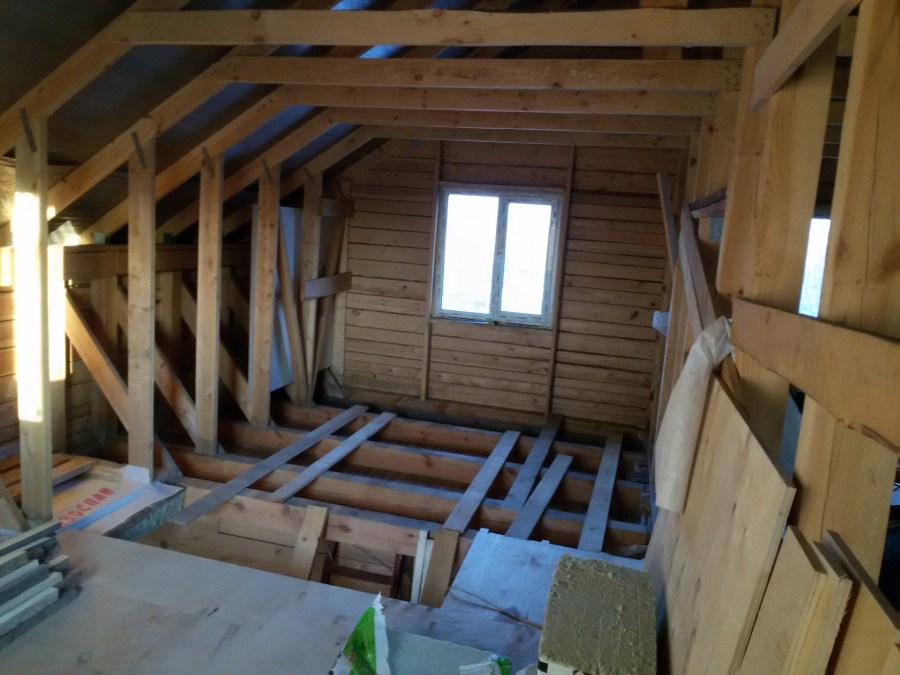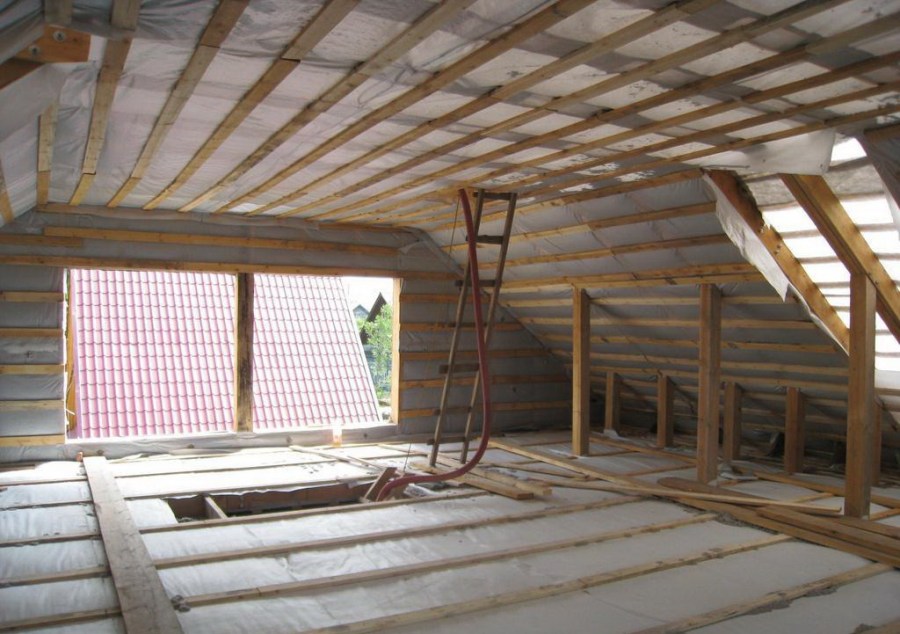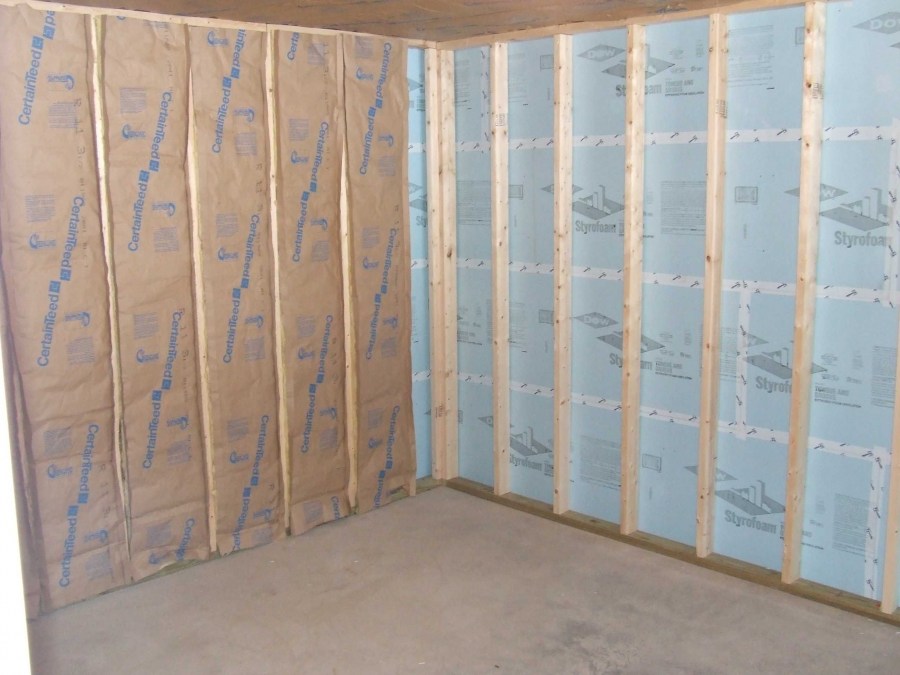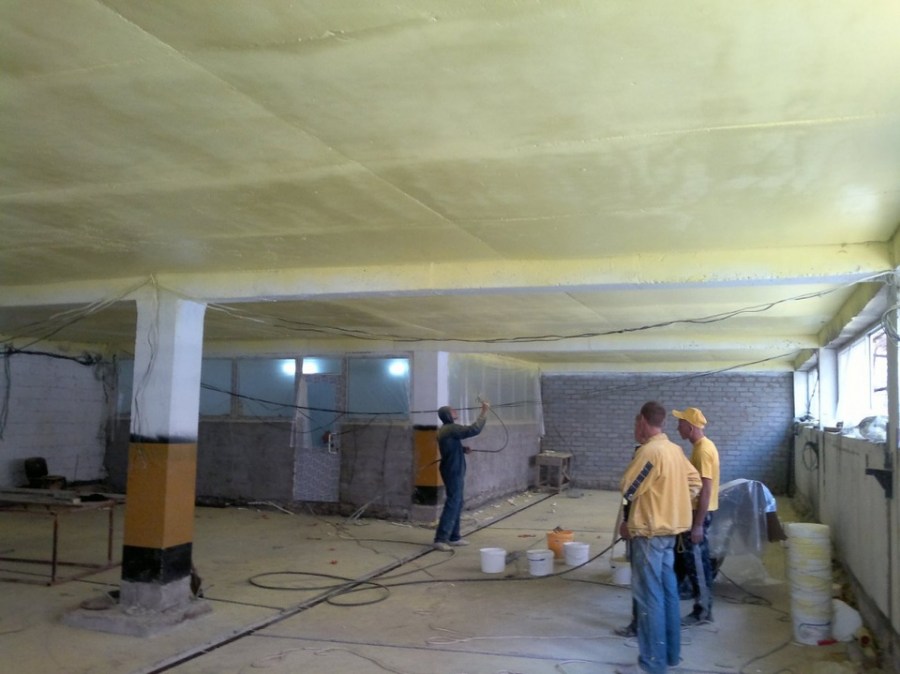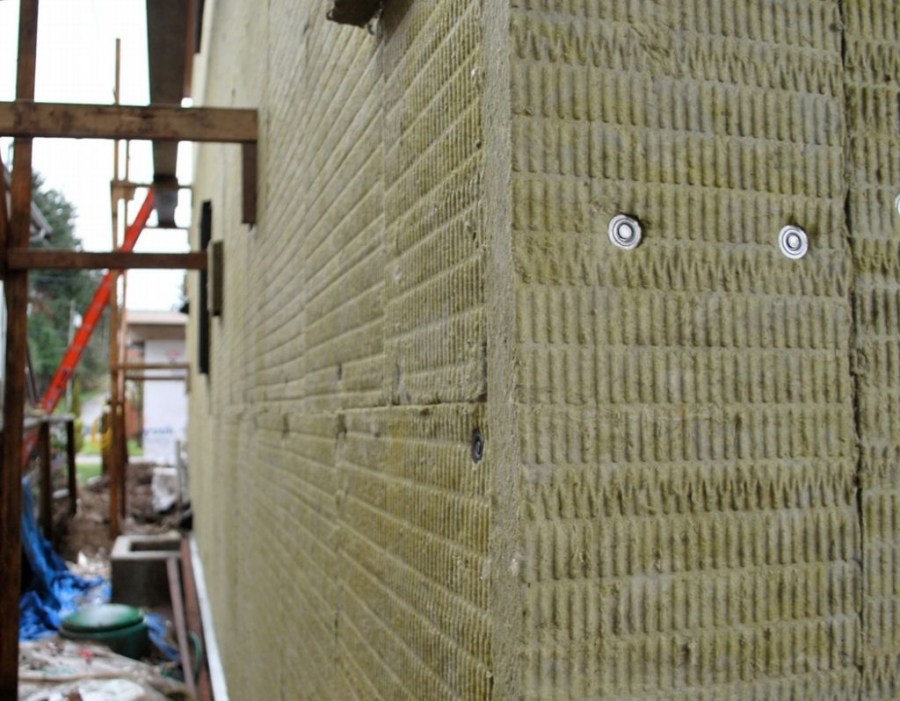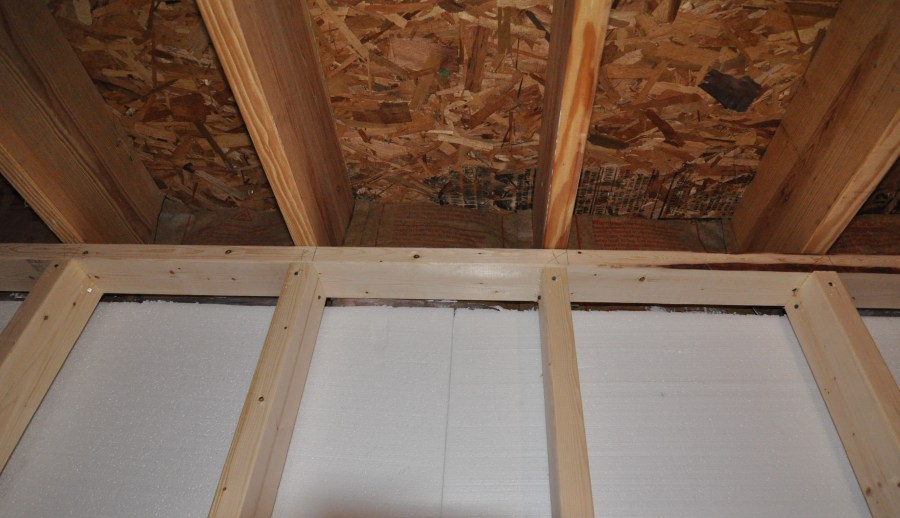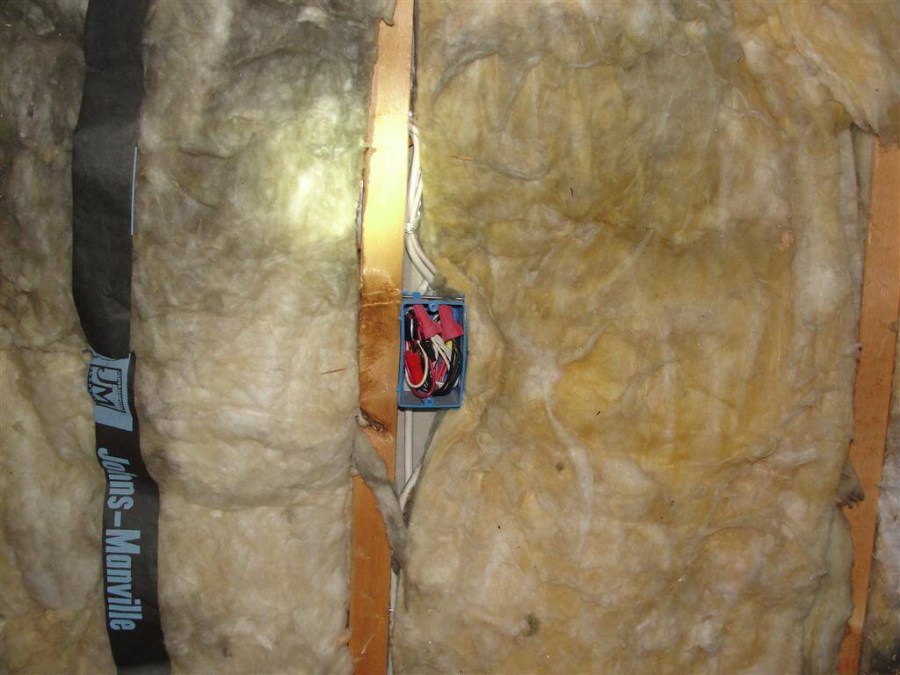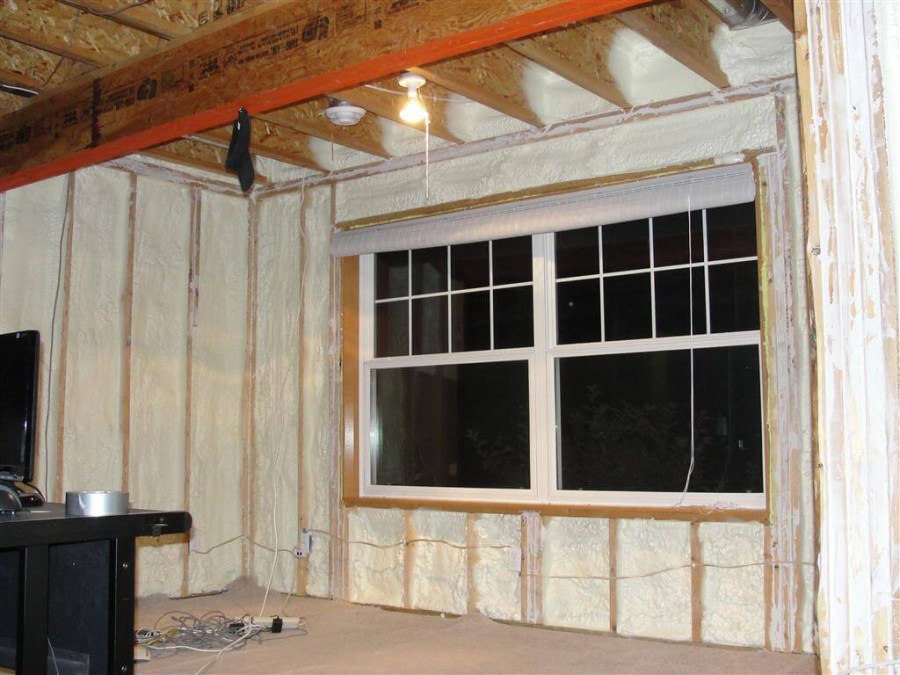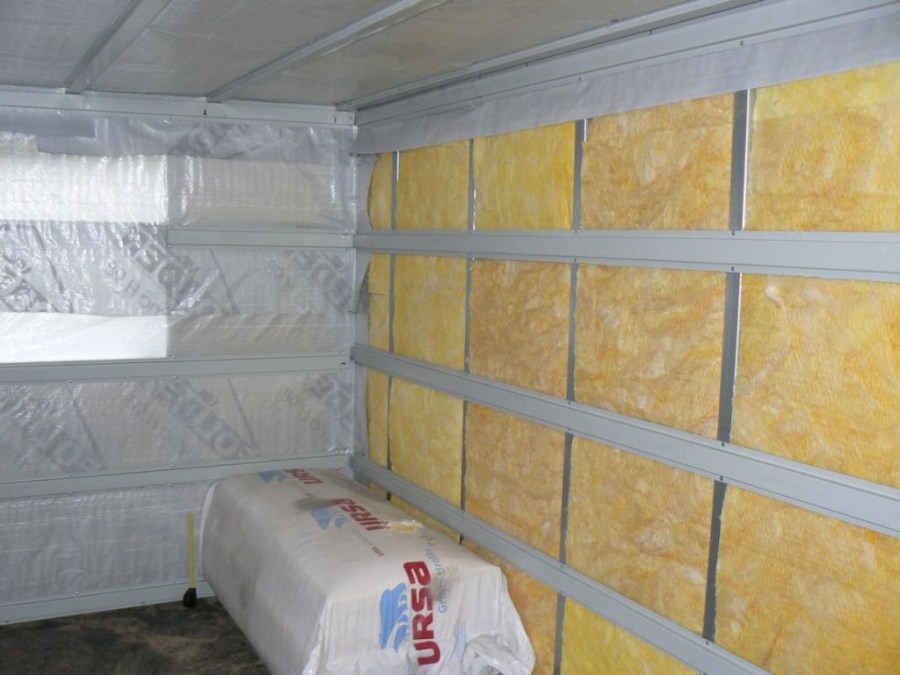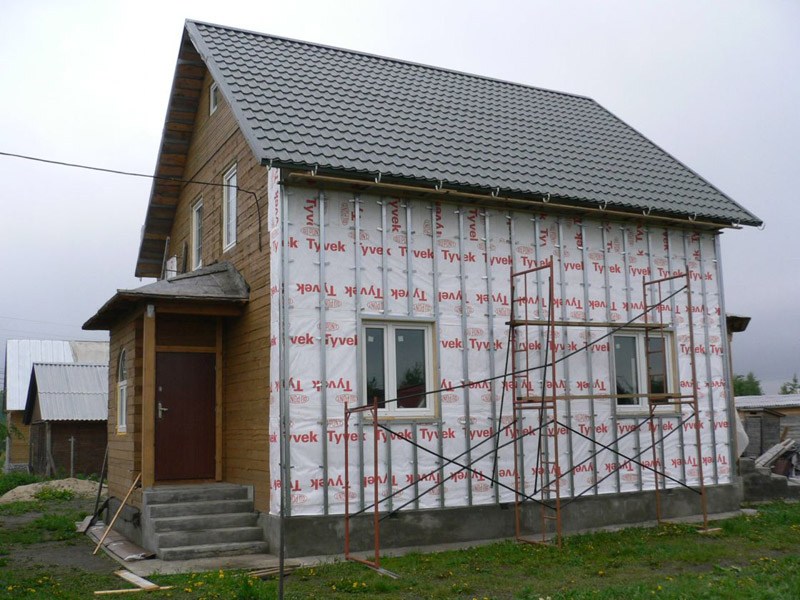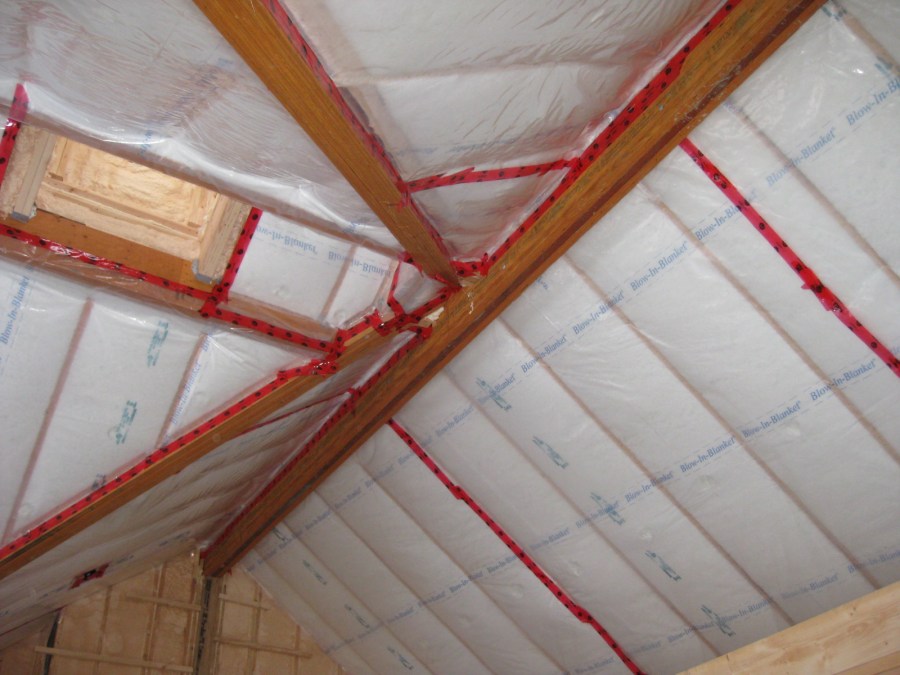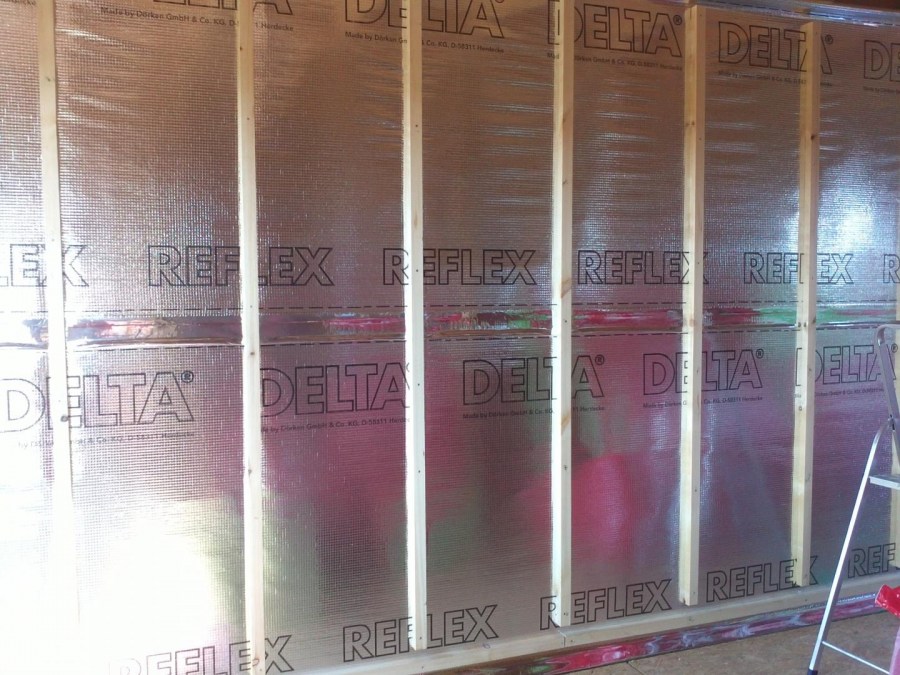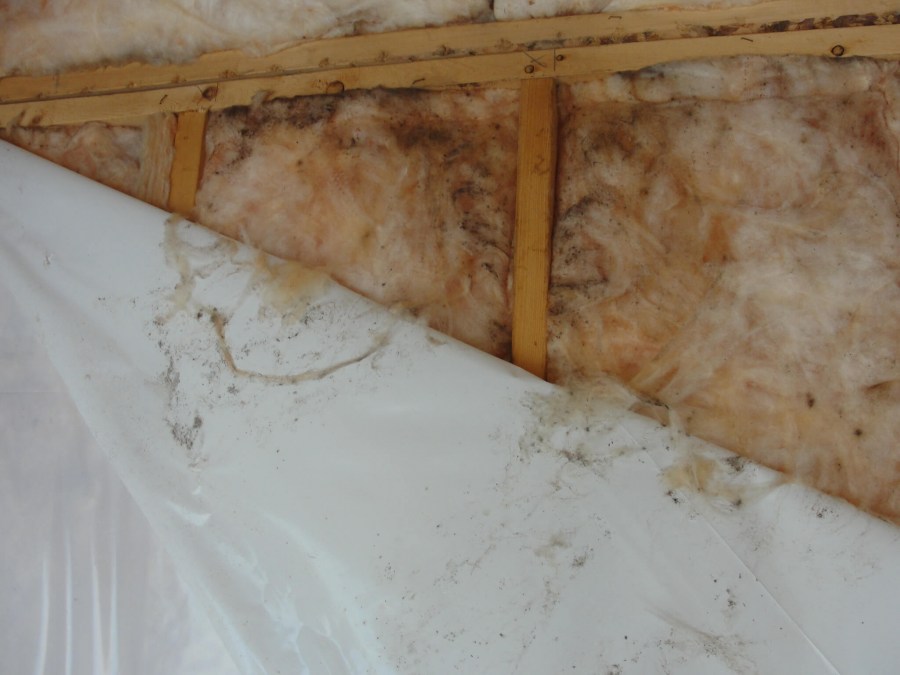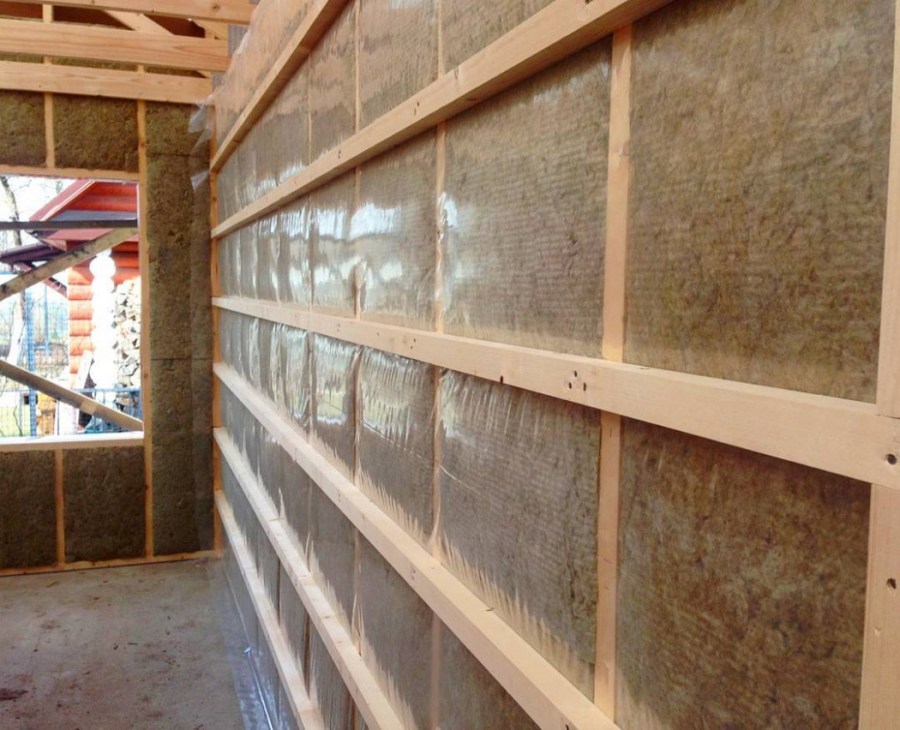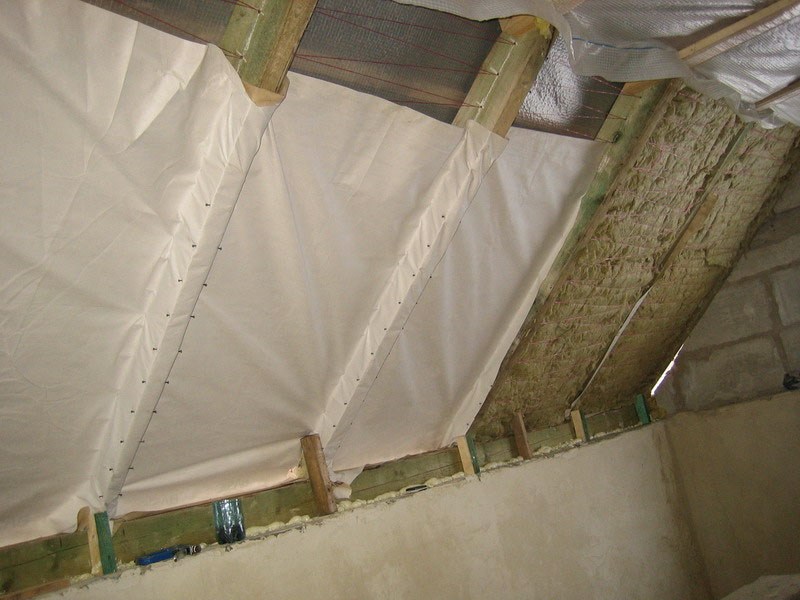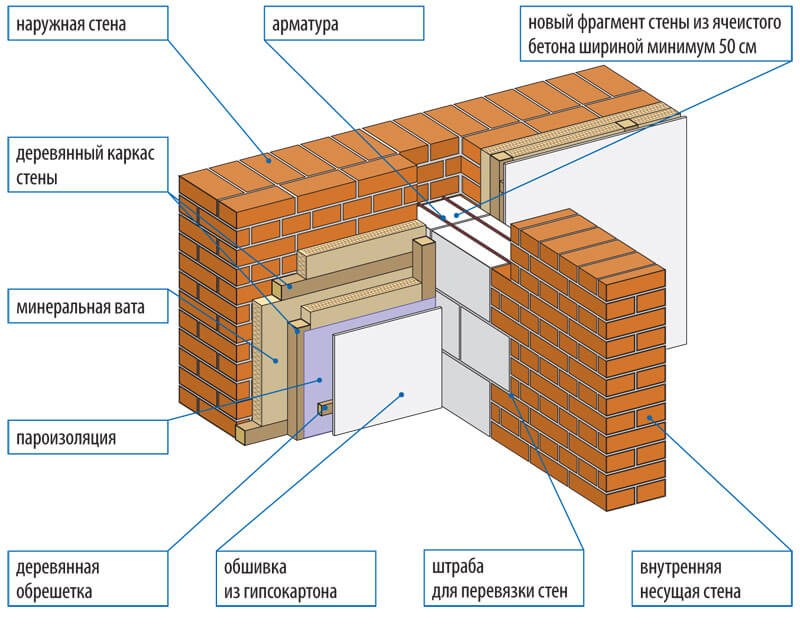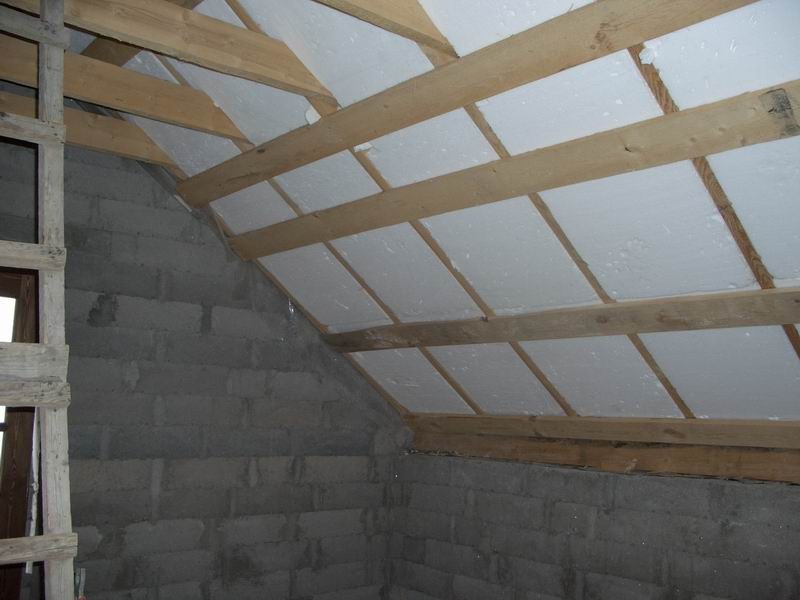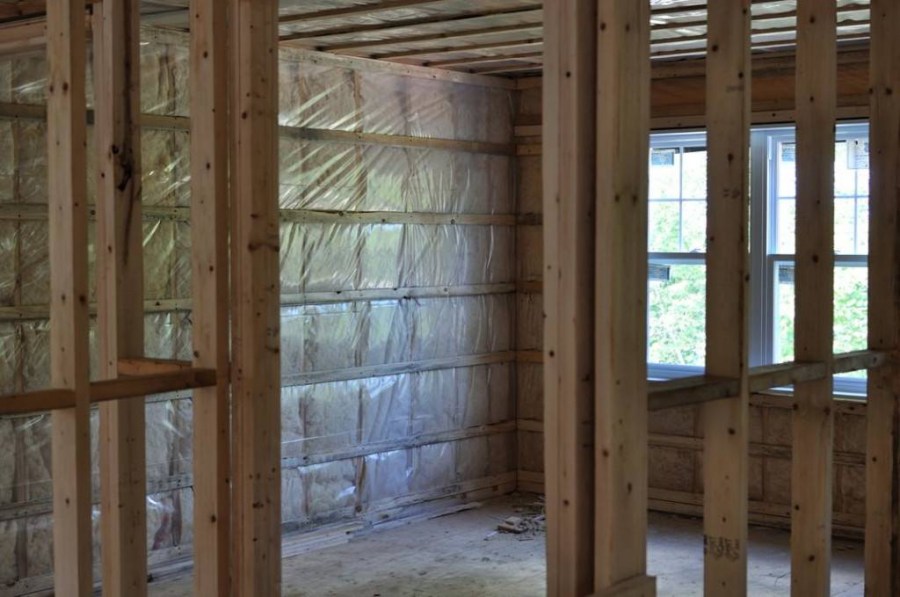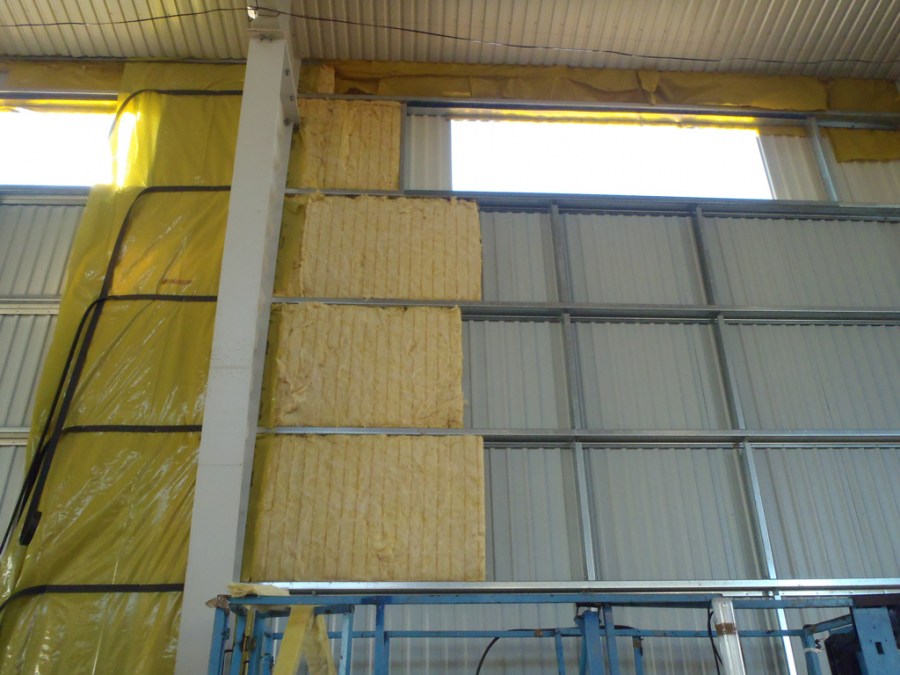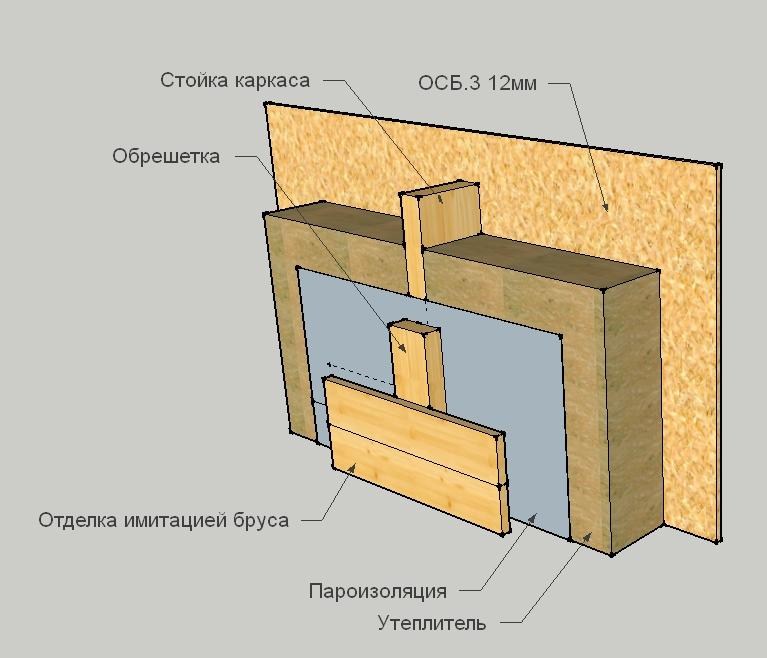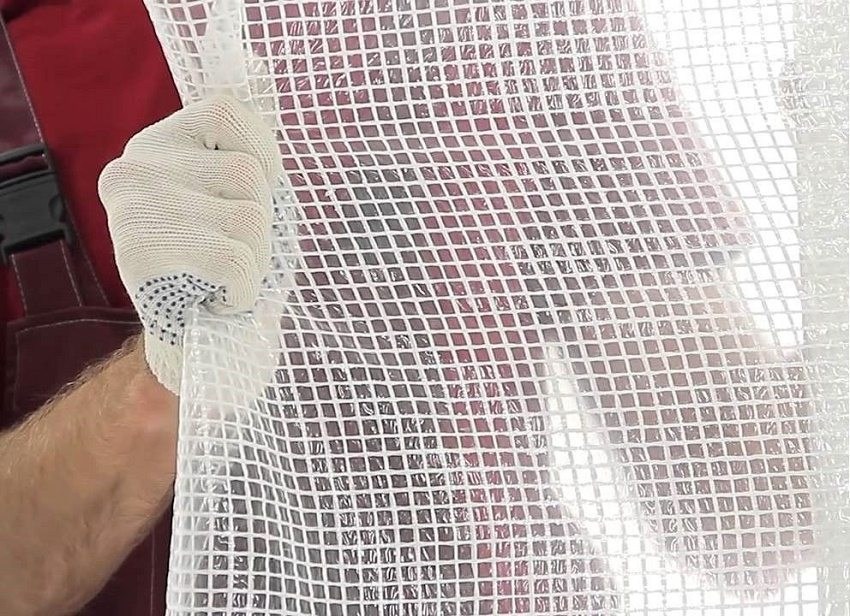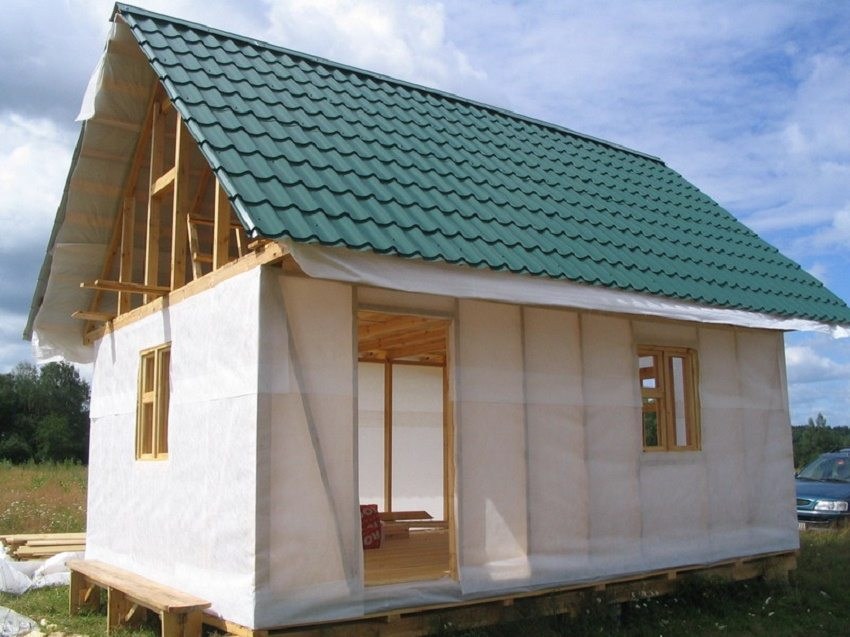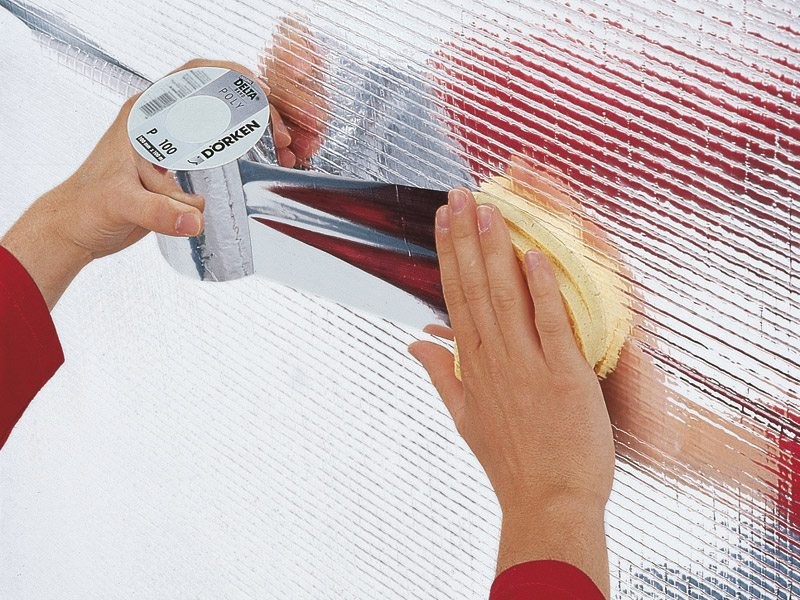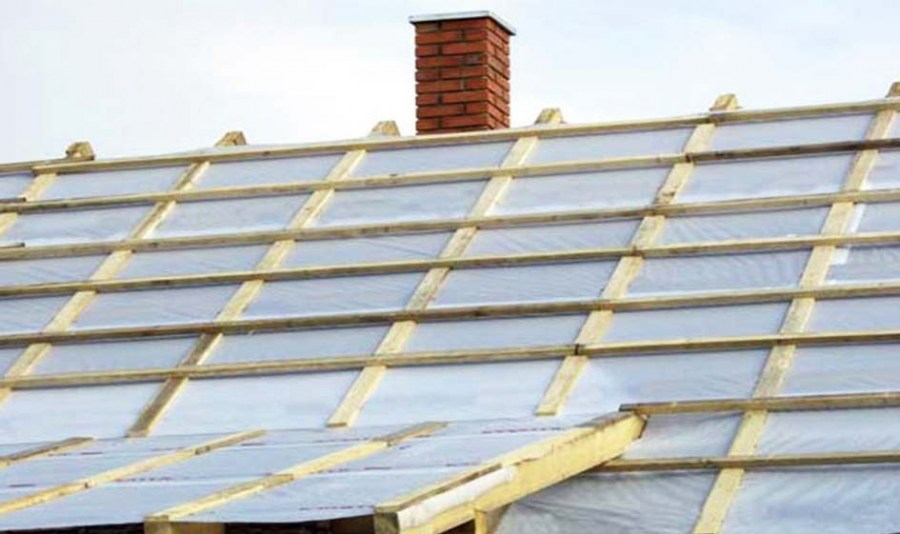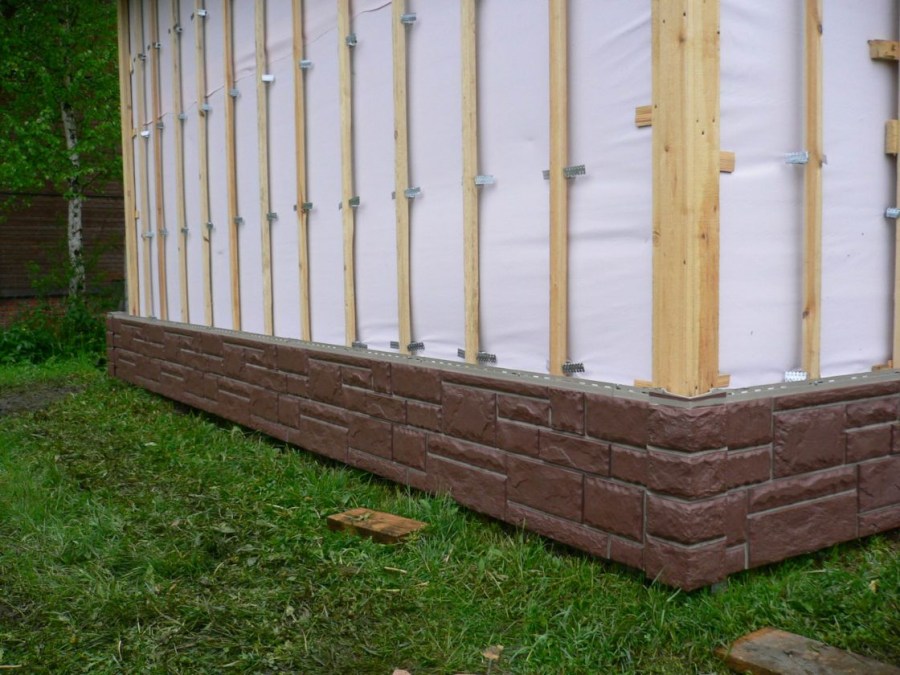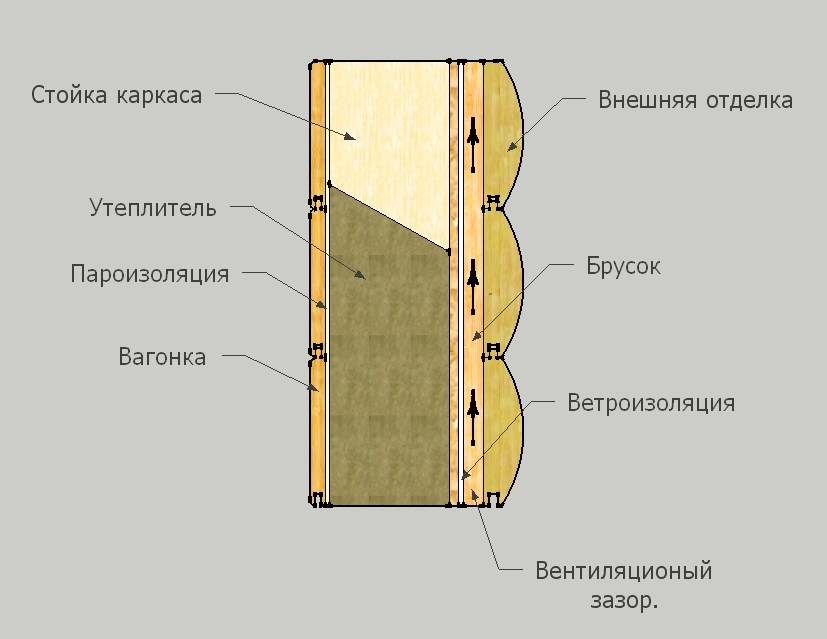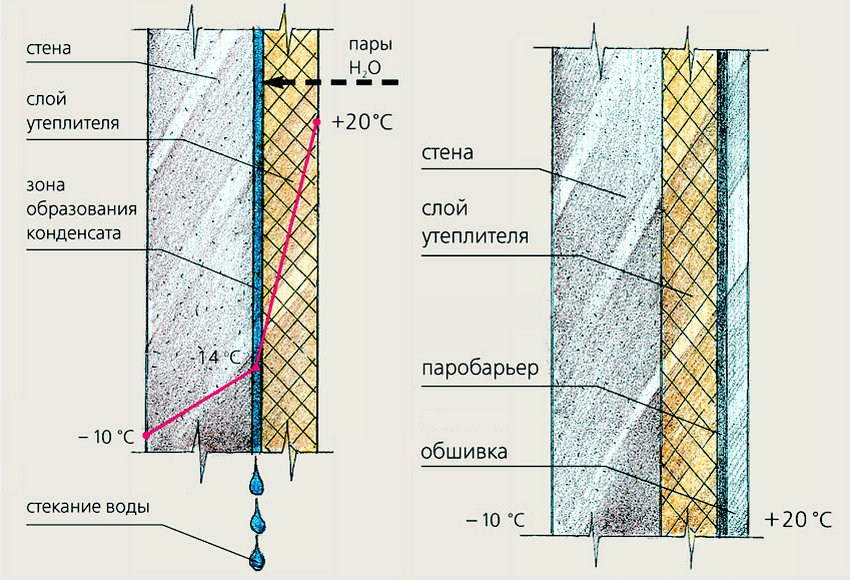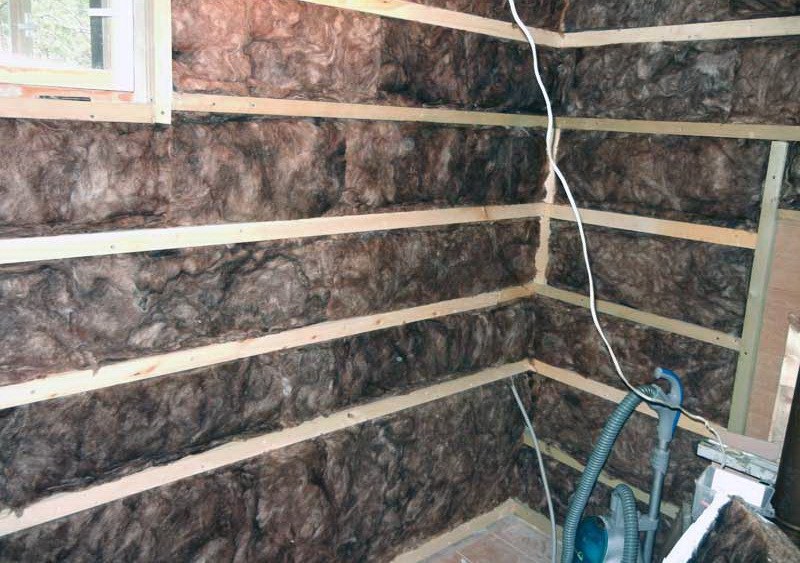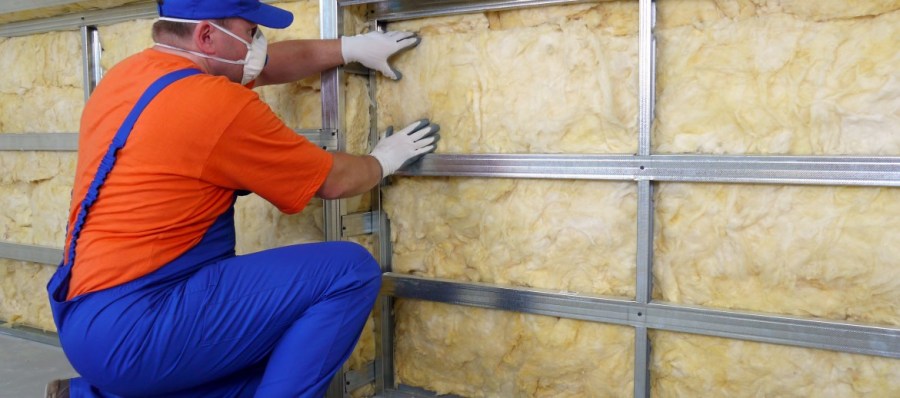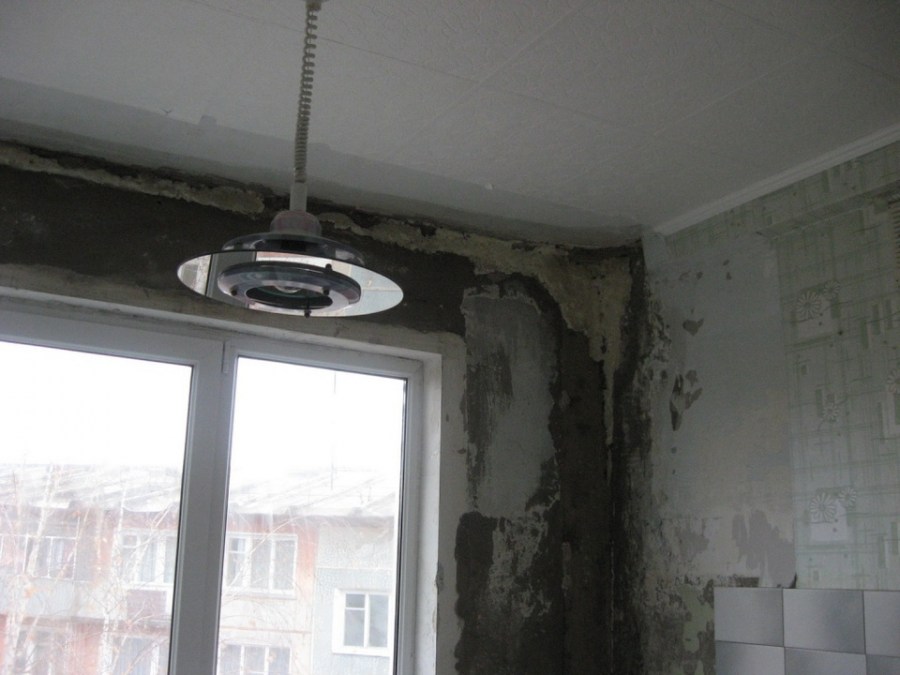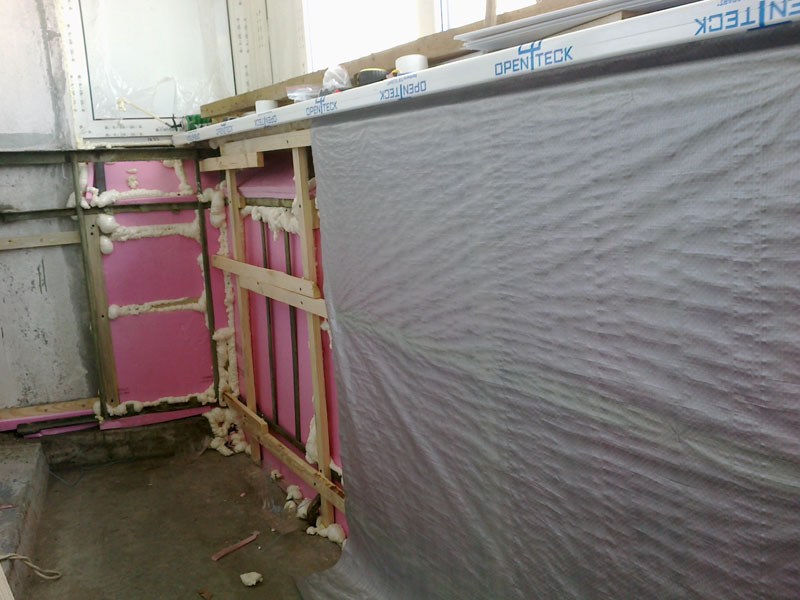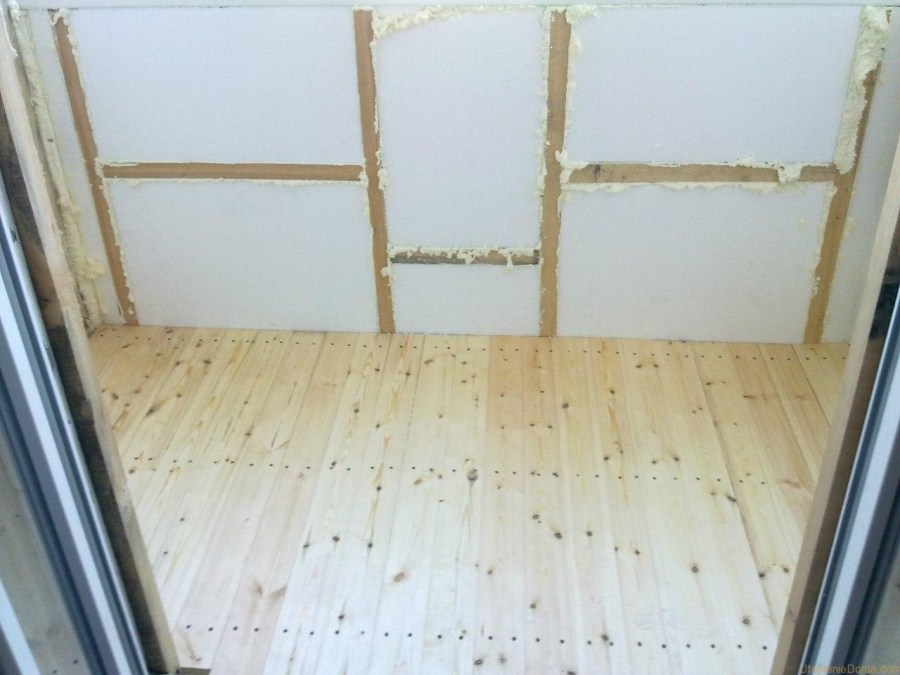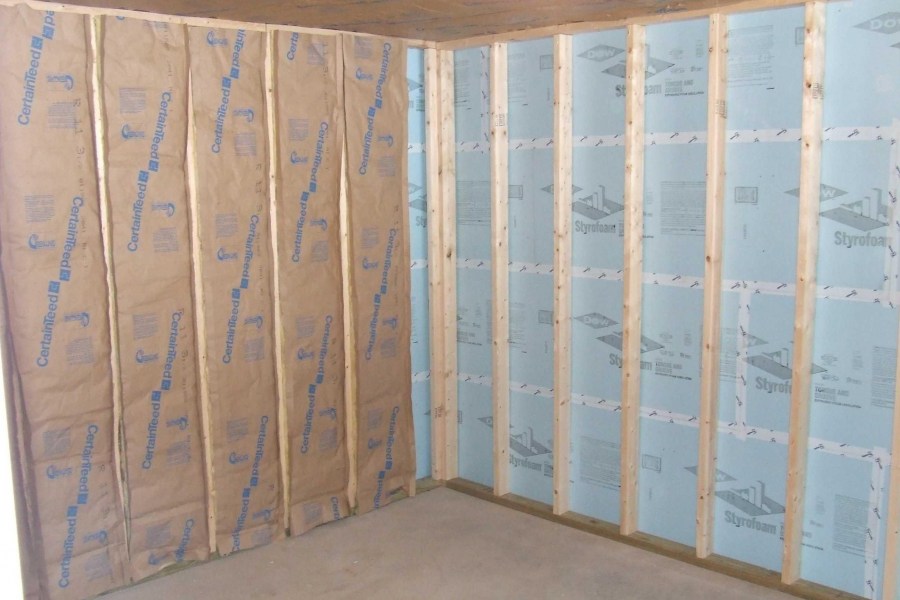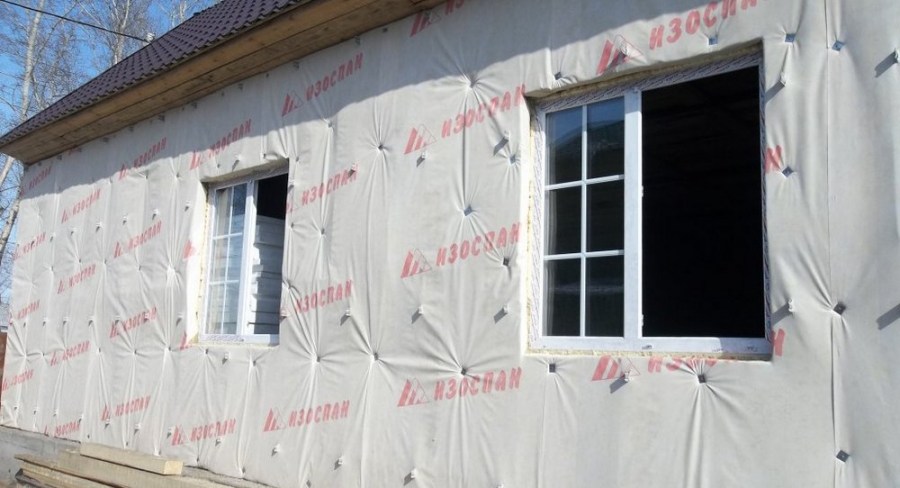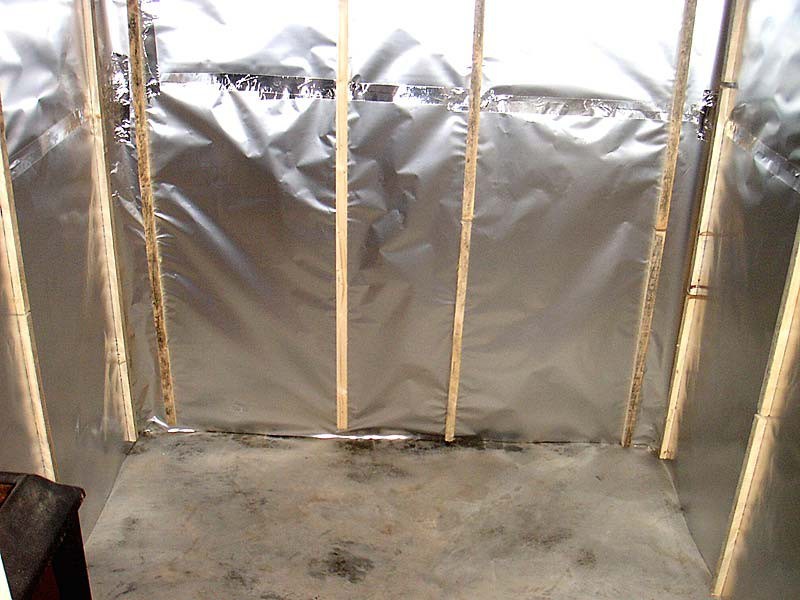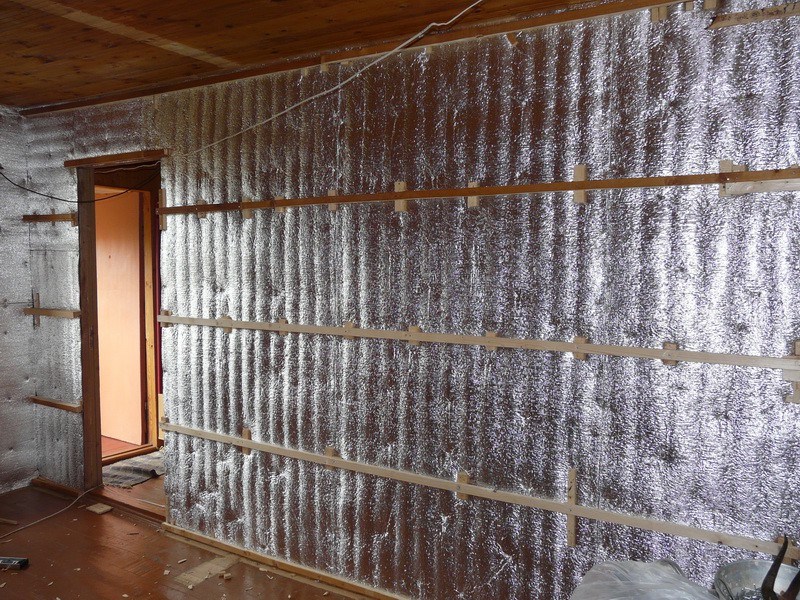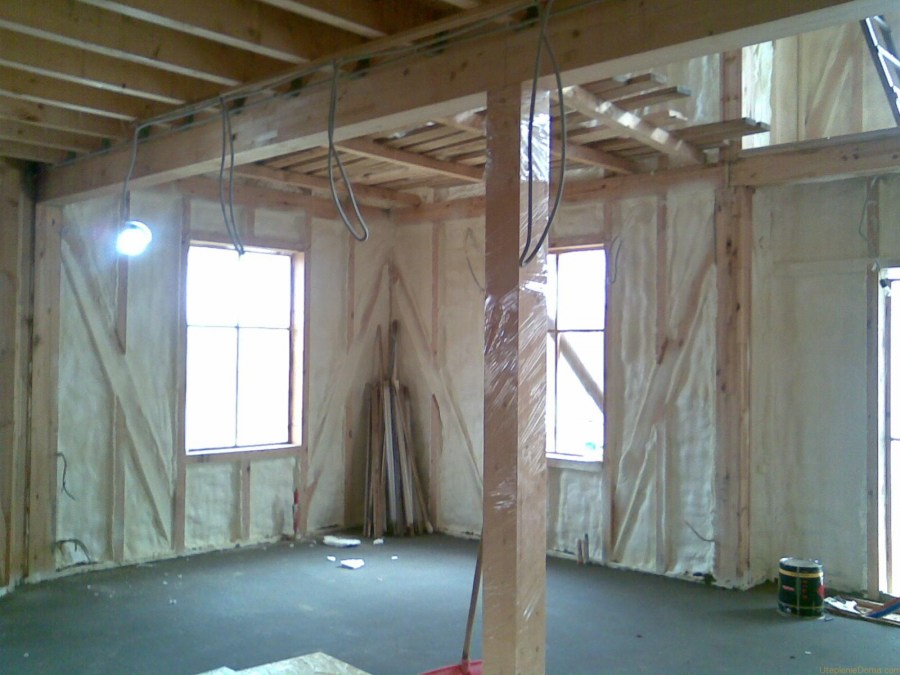Do-it-yourself vapor barrier of walls - step-by-step installation instructions. The best solutions for vapor barrier in the house (110 photos)
Water vapor spoils many building materials and renders them unusable. Mold appears on the walls, destroying the structure. Vapor barrier is an extremely important stage in the construction process, which is indispensable. There are many ways to protect walls from aggressive condensate. The use of a vapor barrier membrane is the most effective of them. In the photo, it looks like a roll, which is unwound, cut into pieces of the desired length in the process of vapor barrier walls.
A universal insulating material suitable in all cases does not exist. In the selection process, we take into account the properties of the object, the specificity of the existing structure.
The need for vapor barrier
High humidity, warm temperature - ideal conditions for water vapor to appear, which, drawn by air, settle on the wall coverings, ceiling. Constant humidity ultimately leads to flaking of the plaster, destruction, moldy walls.
Protection is especially relevant for rooms with temperature extremes, heated basements, baths, where water condenses constantly. Warm air, leaving the room, settles in the form of drops on its walls, ceiling. It feels damp, it may smell like mold.
Vapor barrier becomes an obstacle to the aggressive effects of water, protecting coatings from destruction. Not only basements, baths need it, but also many other buildings. Those in the heated period are also prone to the formation of vapors, condensate for one reason or another.
When to do without vapor barrier?
It is used as insulation fiberglass or mineral wool. Passing air streams well, they are saturated with time with moisture, lose their heat-insulating properties, and are destroyed. High humidity is disastrous for them.
Effective vapor barrier in frame structures. Wall layering protection.
External protection of ventilated facades, walls from blowing. Excess moisture is removed through the air exchange slots. It is especially important when the brick wall is insulated with mineral wool, and siding with the top.
Room ventilation is important. Together with thermal and vapor barrier, acceptable conditions are achieved for preserving the surfaces of the room - walls, ceilings from destruction, excessive aggressiveness of water.
Materials used
Installation of vapor barrier is allowed using various materials. Complete air circulation is not blocked. It is redirected to the hood. The prevention of the greenhouse effect, the minimum air flow with the retention of excess moisture - these are the most important tasks to be solved by proper vapor barrier of the walls.
For protective work, use the following materials:
Plastic wrap. We fix it carefully, without pulling much. We do not create conditions for its damage. Poetylene does not pass not only steam, but also air. It makes ventilation difficult. A comfortable microclimate with this kind of protection is hardly achievable. Modern construction rarely applies it.
Using mastic. Inexpensive, convenient to use. It allows air to pass through and retains moisture. Surfaces are treated before the start of finishing work in conjunction with waterproofing.
Membrane vapor barrier film. Modern way of protection. Provides normal air exchange of porous heaters.It does not allow their impregnation. It is used for insulation of frame, wooden walls. When the membrane film is stretched, it makes no sense to establish air gaps.
Classification
When choosing vapor barrier materials, preference is given not to mastic, not to polyethylene. Priority first place on the feasibility, effectiveness is the membrane film.
It has several advantages that emphasize its profitability:
- Achieves high operational efficiency;
- Installation is convenient, does not cause difficulties;
- It repels moisture well;
- Provides surface resistance to the appearance, reproduction of mold;
- Resistant to decay;
- Material - environmentally friendly;
- Used for a long time;
- It is operated in a wide temperature range.
According to the application features, consumers widely use the following types of membrane films:
- External insulation of wooden, frame, panel structures from rain, snow, wind using Megaizol A, Megaizol SD, Izospan A;
- Protection of the inner surface (ceiling, walls) from steam, condensate, Isospan B, Megaizol B;
- Reflection of steam, which is relevant for baths, saunas, using Izospan FX, Izospana FS, Izospana FD.
Membrane Installation Requirements:
- The vapor barrier film fits tightly to the insulation;
- Has a reliable rigid fixation;
- There are no sagging areas creating pops due to gusts of wind.
Vapor barrier technology
The protection of internal walls is carried out after the use of insulating mineral materials, which are prone to absorb moisture during temperature changes.
The process of proper vapor barrier of the walls with your own hands is carried out in the following order:
- The membrane film is fixed with the right side on the crate. We work carefully, eliminate the risk of damage;
- We glue the cracks, joints, punctures of the surface with construction tape or special glue;
- If we protect the frame structure, then we install a crate over the membrane to ensure ventilation;
- We trim with any finishing material (drywall, panels, lining, etc.).
We protect frame structures: types of vapor barrier installation schemes
It is important to understand the correct steps in the process of laying the membrane, its real need. When foam, polyurethane, ecowool is used as insulation, a good ventilation system is mounted there is no need for vapor barrier walls.
The membrane is installed on the right side and fixed to the racks with a construction stapler. Joints are glued with tape or glue, mastic.
There are two schemes for working with a vapor barrier film to protect the frame:
- The crate is placed above the membrane (provides air gap). It is used in homes with intensive use in the cold period;
- An insulating film is sewn onto the frame racks, on top of which the finishing material is attached. When a seasonal stay without heating is the best option. In this case, well thought out ventilation system.
The intensity of operation of the room at different times of the year affects the choice of a particular wiring diagram.
Wooden houses
High vapor permeability of the walls is a hallmark of structures made of logs. Such houses need special protection. The walls already have natural humidity, during the five-year operation they are dried, deformed, crack.
Given the specific vapor permeability, there are 2 ways to solve problems:
- Wait until the wooden walls are completely dry to start finishing;
- Use vapor barrier using the following types of membranes: Izospan FS, Izospan B, Izospan FB.
Thus, all the vapor barrier works are carried out depending on the characteristics of the structure, the intensity of its operation at different times of the year. In this case, it is necessary that the membrane perfectly follows the contours along which it will be fixed. We work carefully, do not damage it. And then the problem with spoilage of external beauty does not threaten, the design of the interior and facade will hold out in excellent shape for many years.
Photo vapor barrier walls
A blind area around the house - 110 photos of ideas for creating a blind area with your own hands
Garden furniture: an overview of the best sets of different materials (115 photos)
Scarecrow in the garden - 65 photos of the implementation of the most daring ideas and ideas
Brugmansia - the nuances of home care + instructions with photos
Join the discussion:

